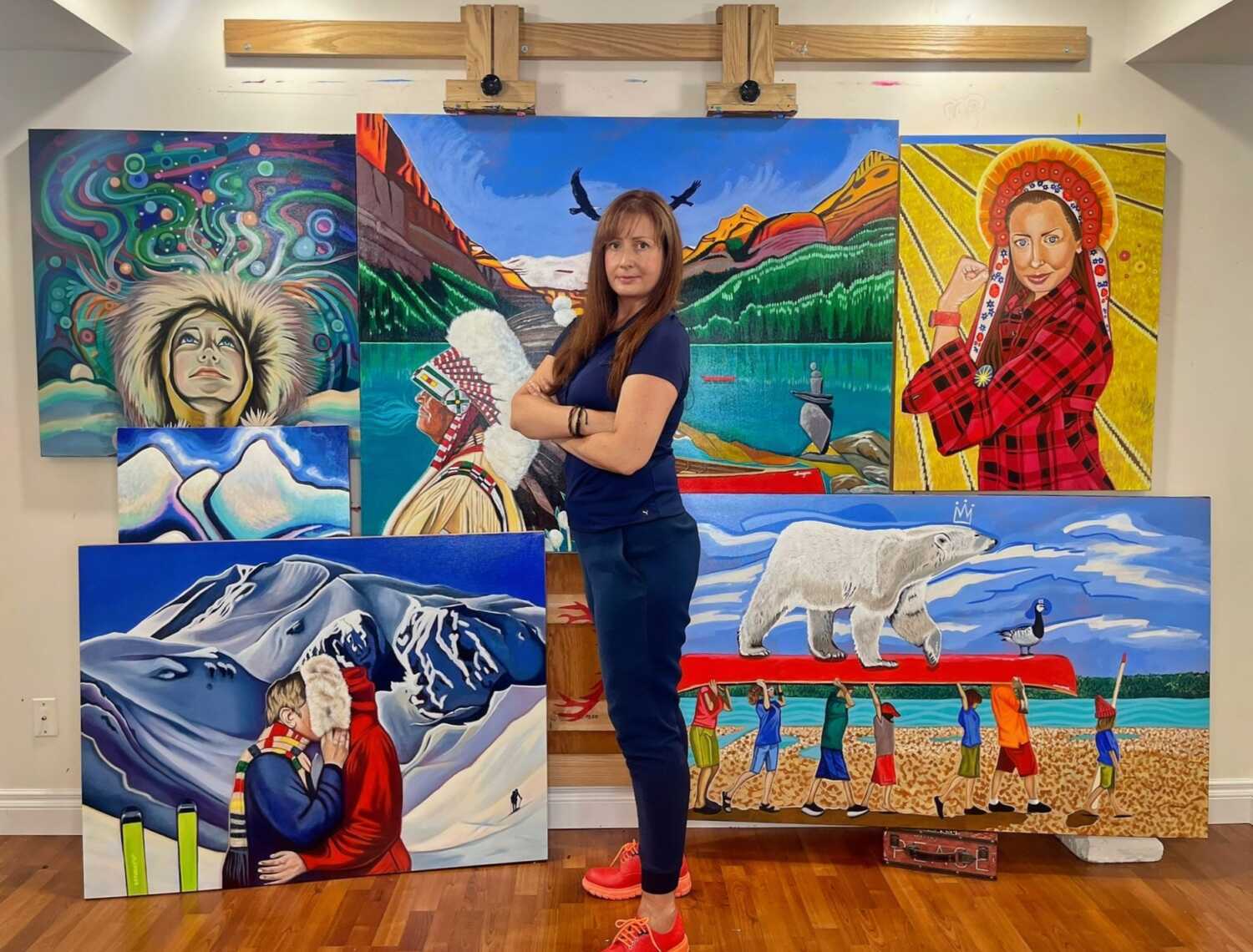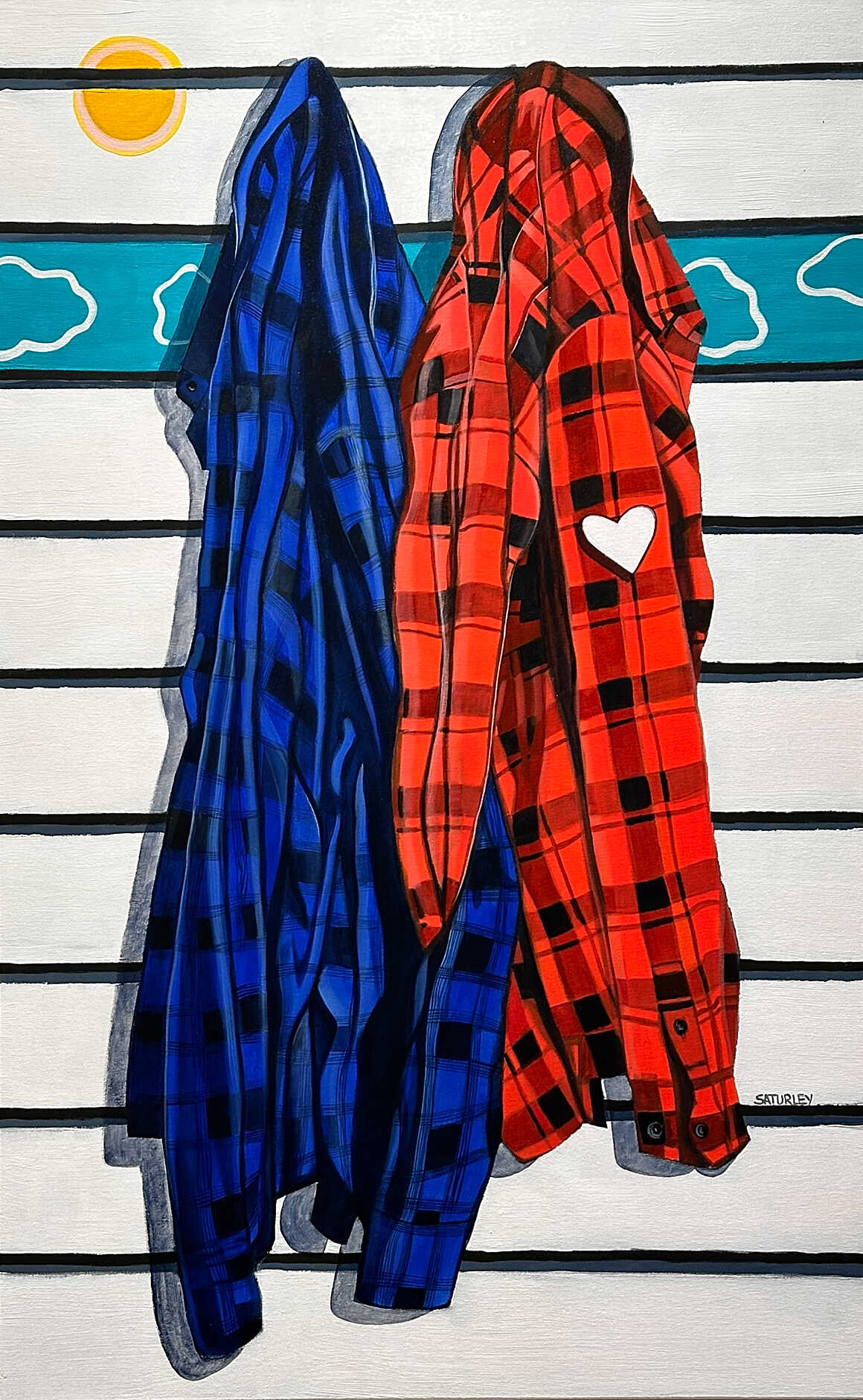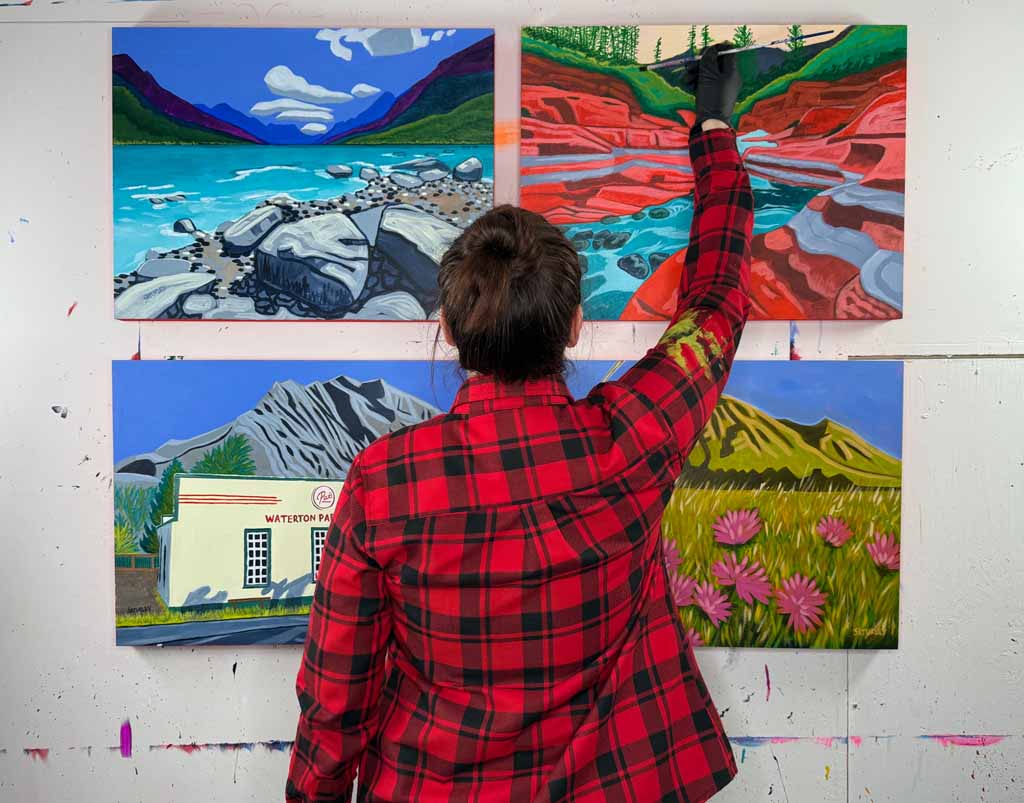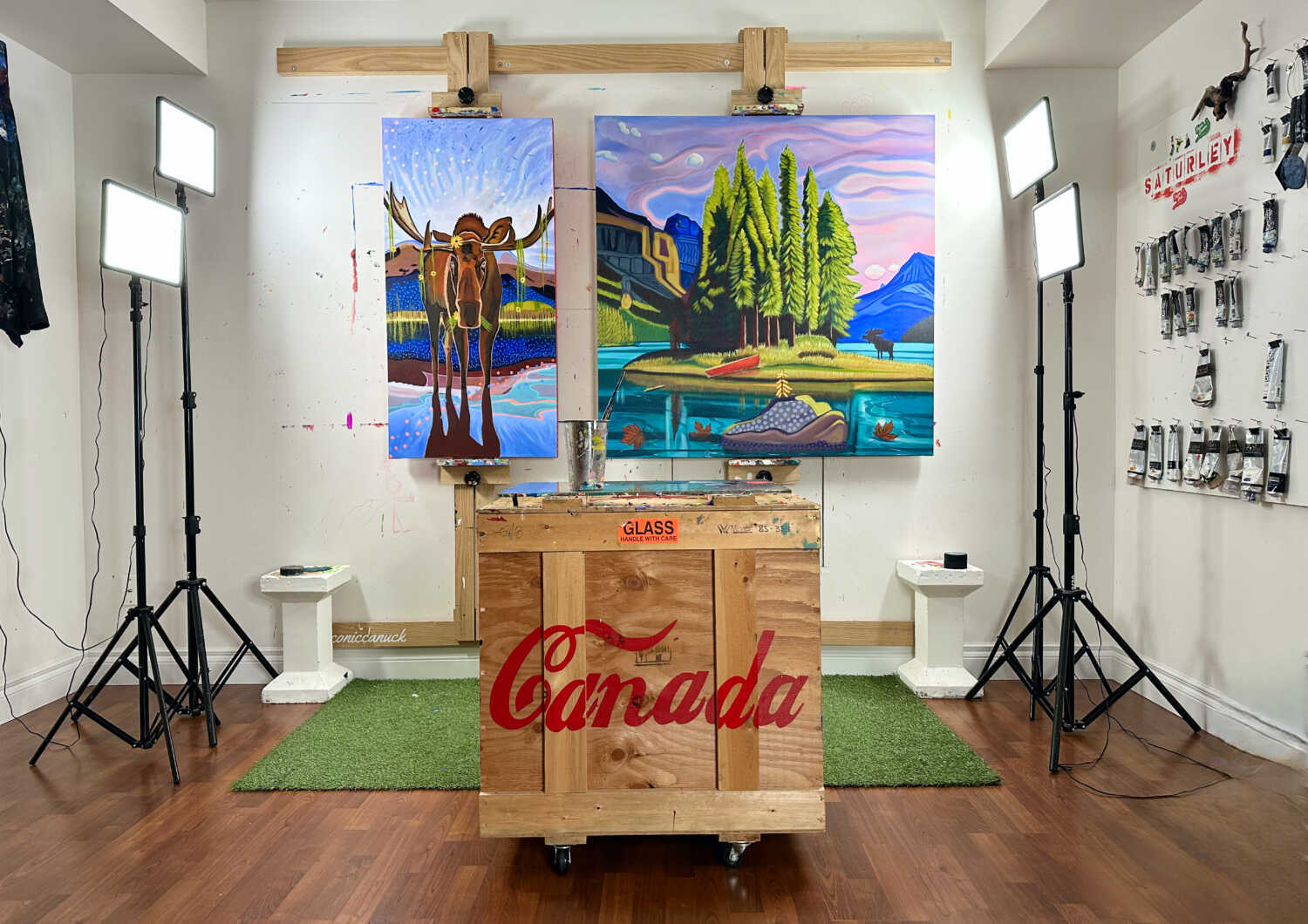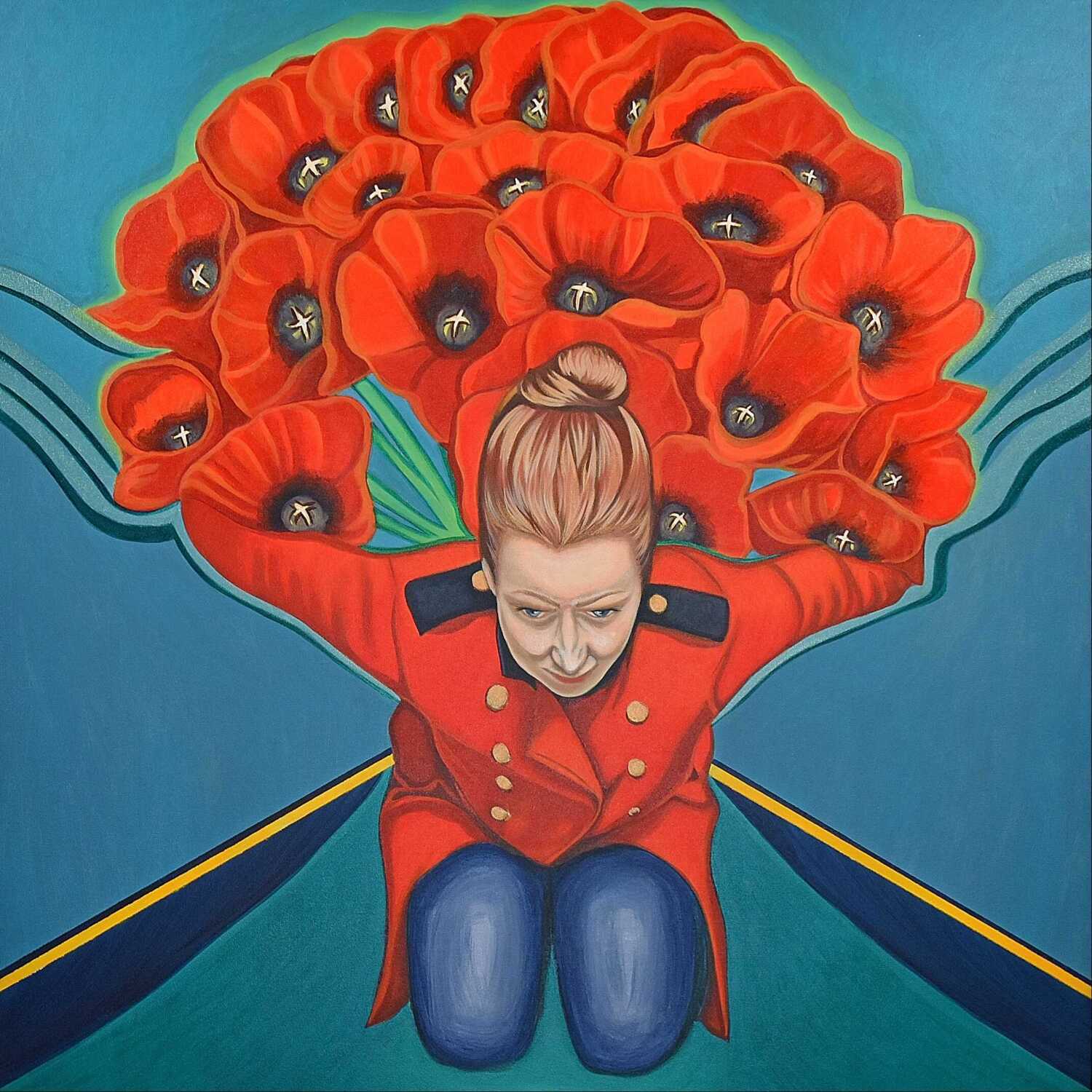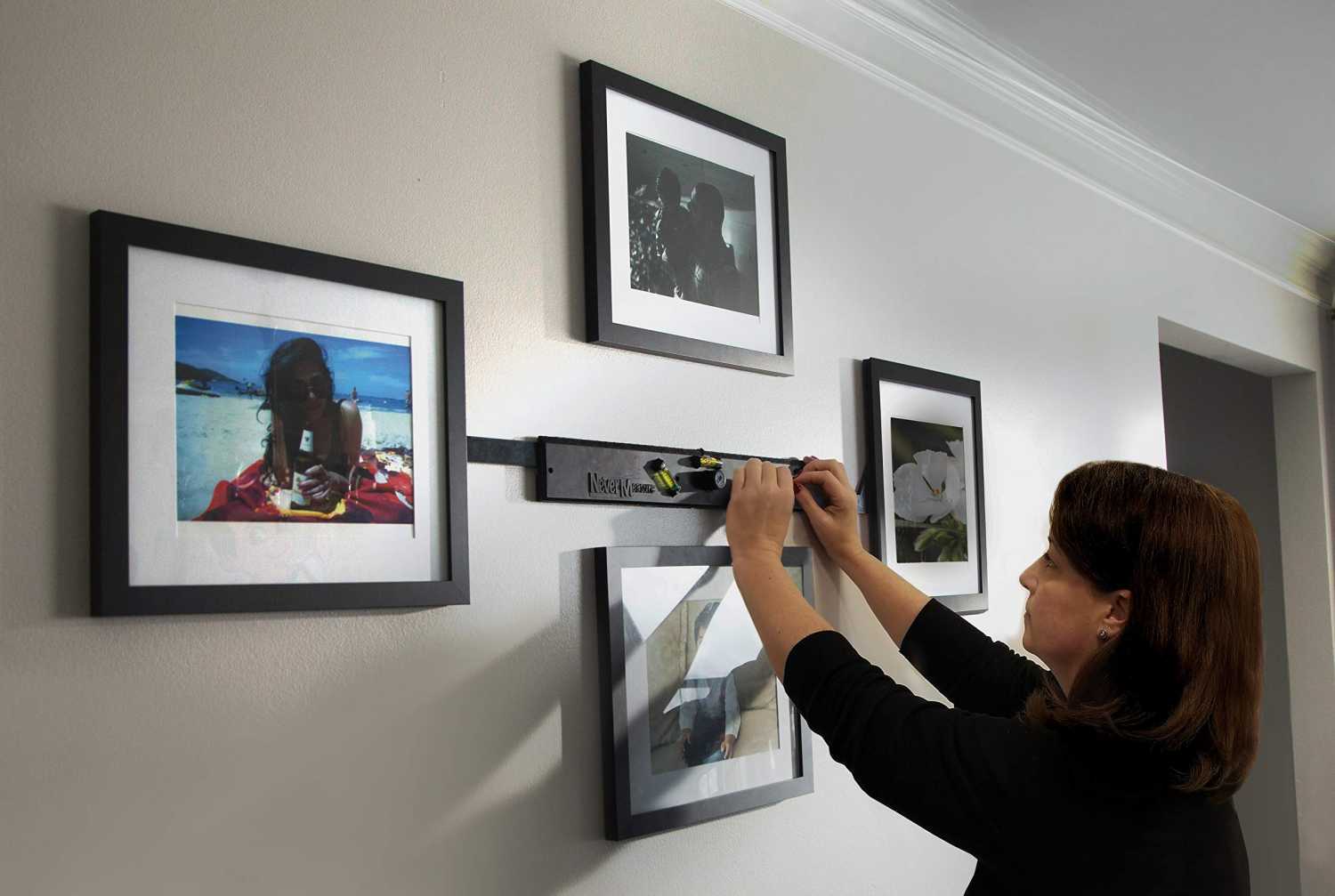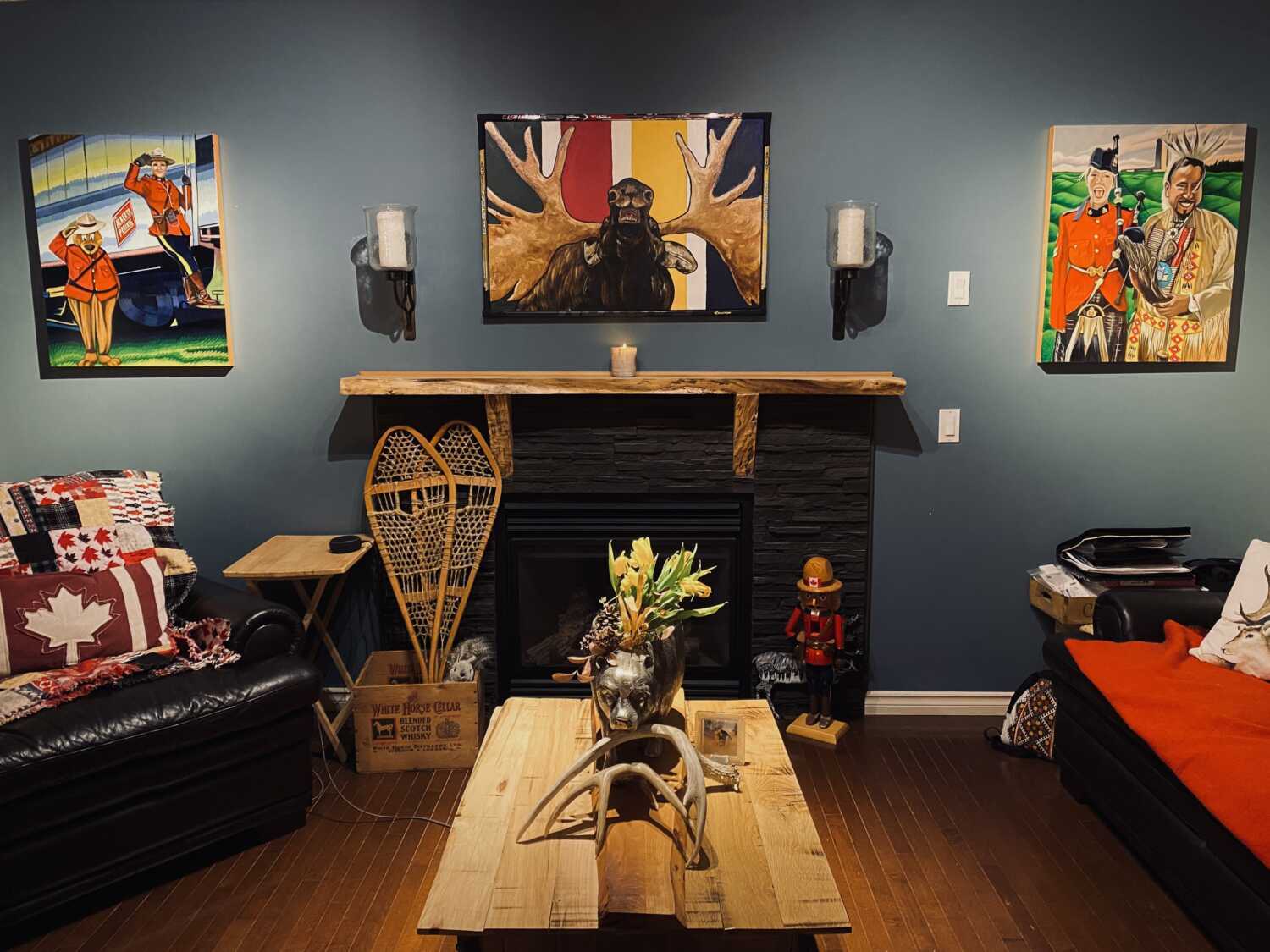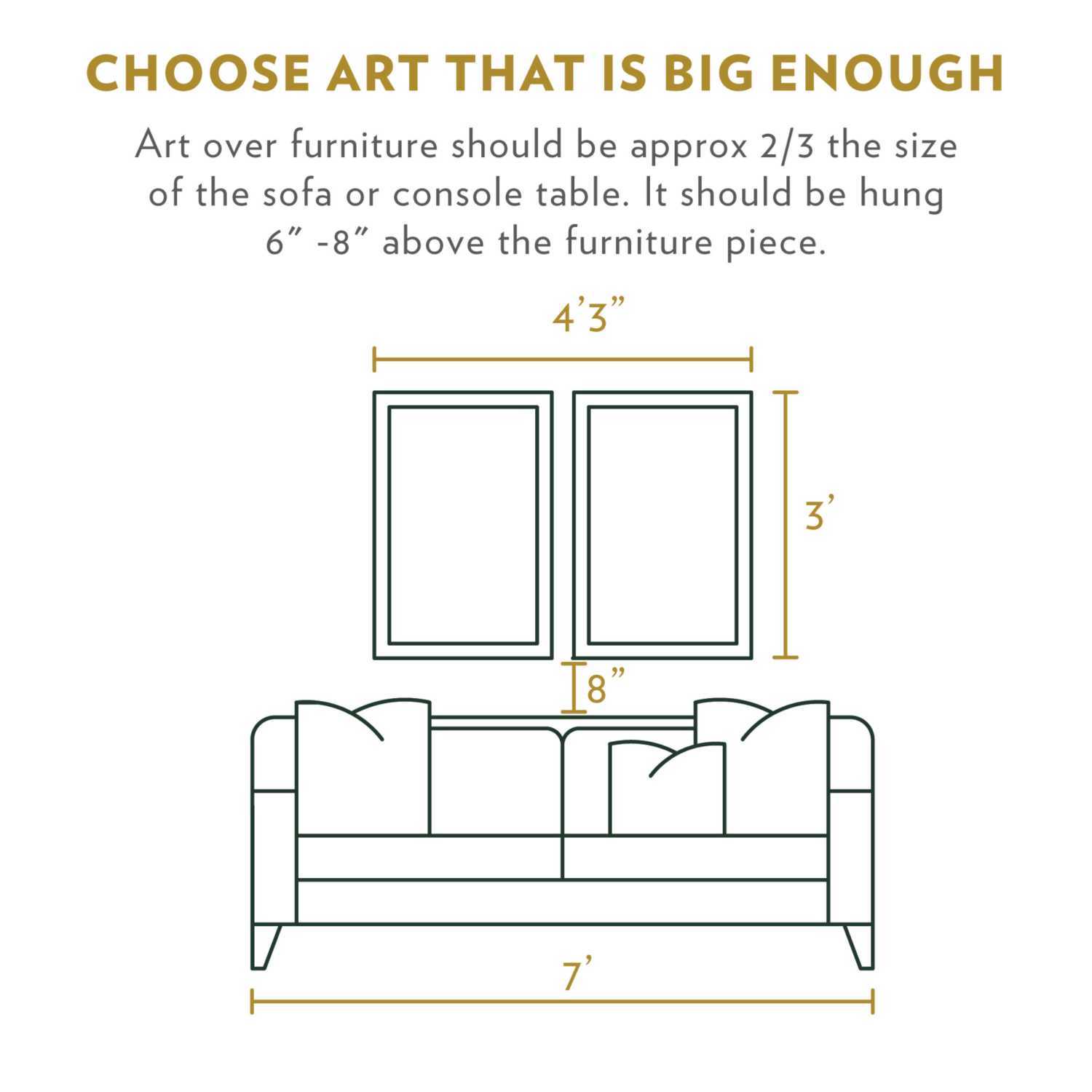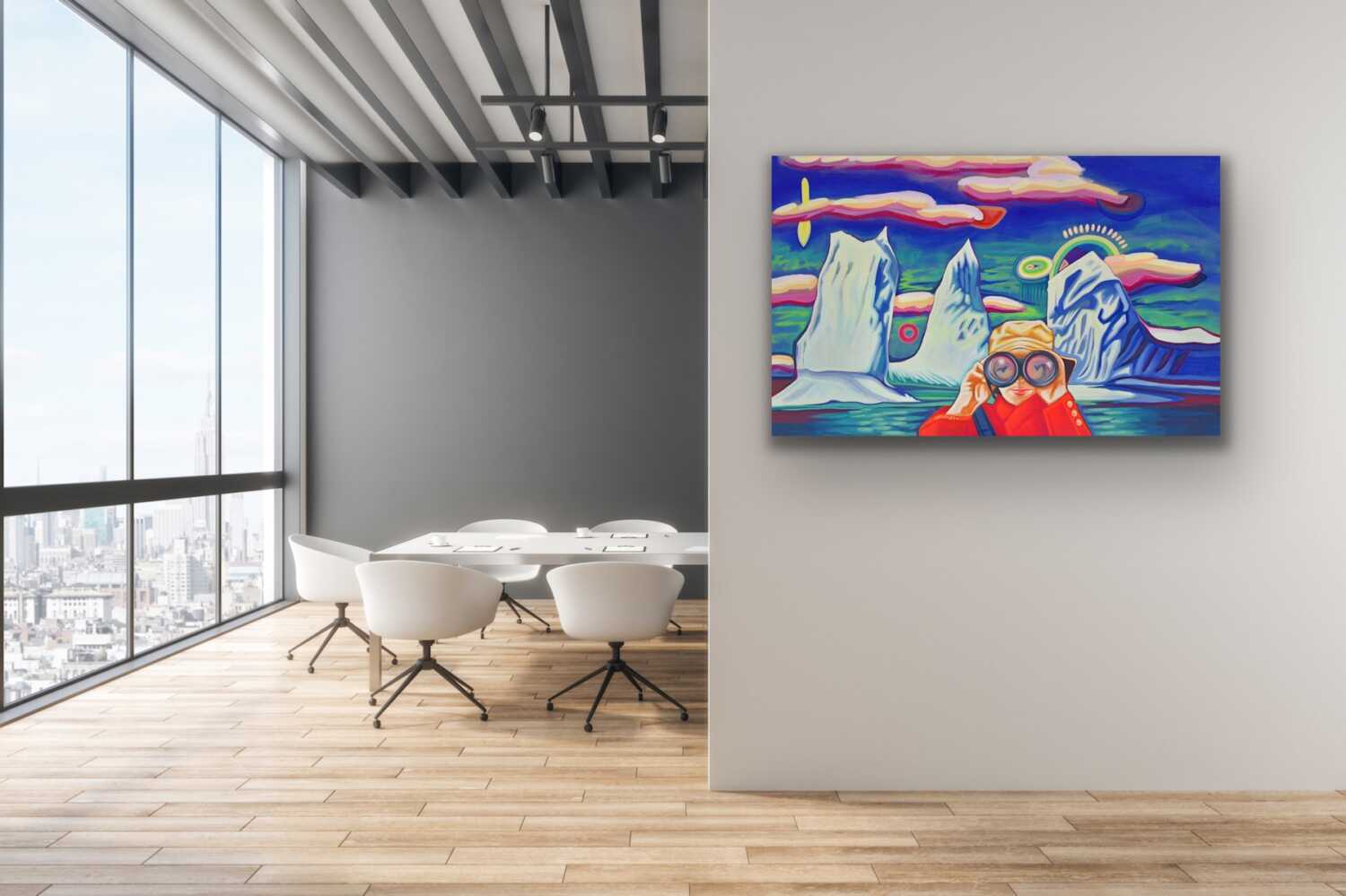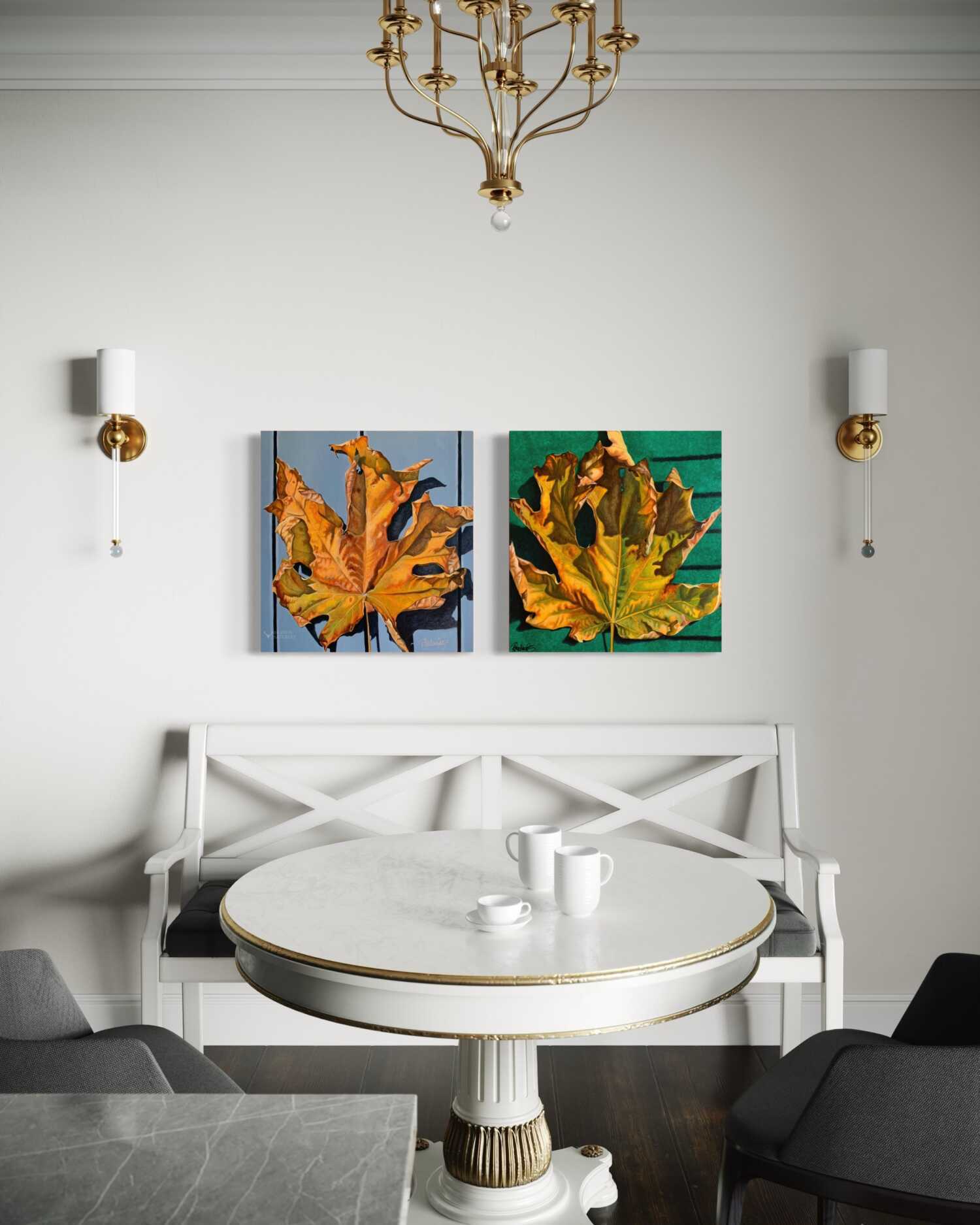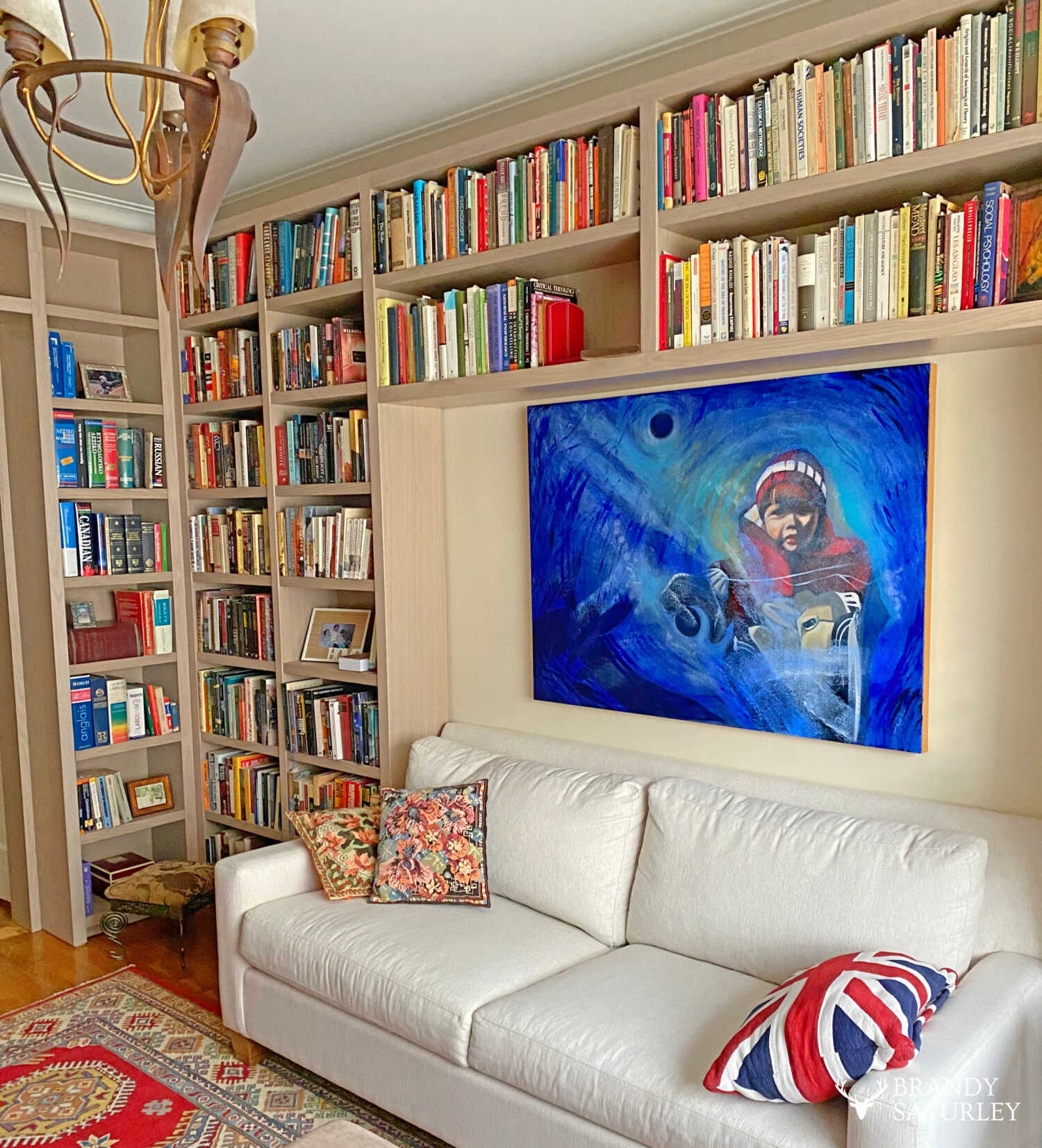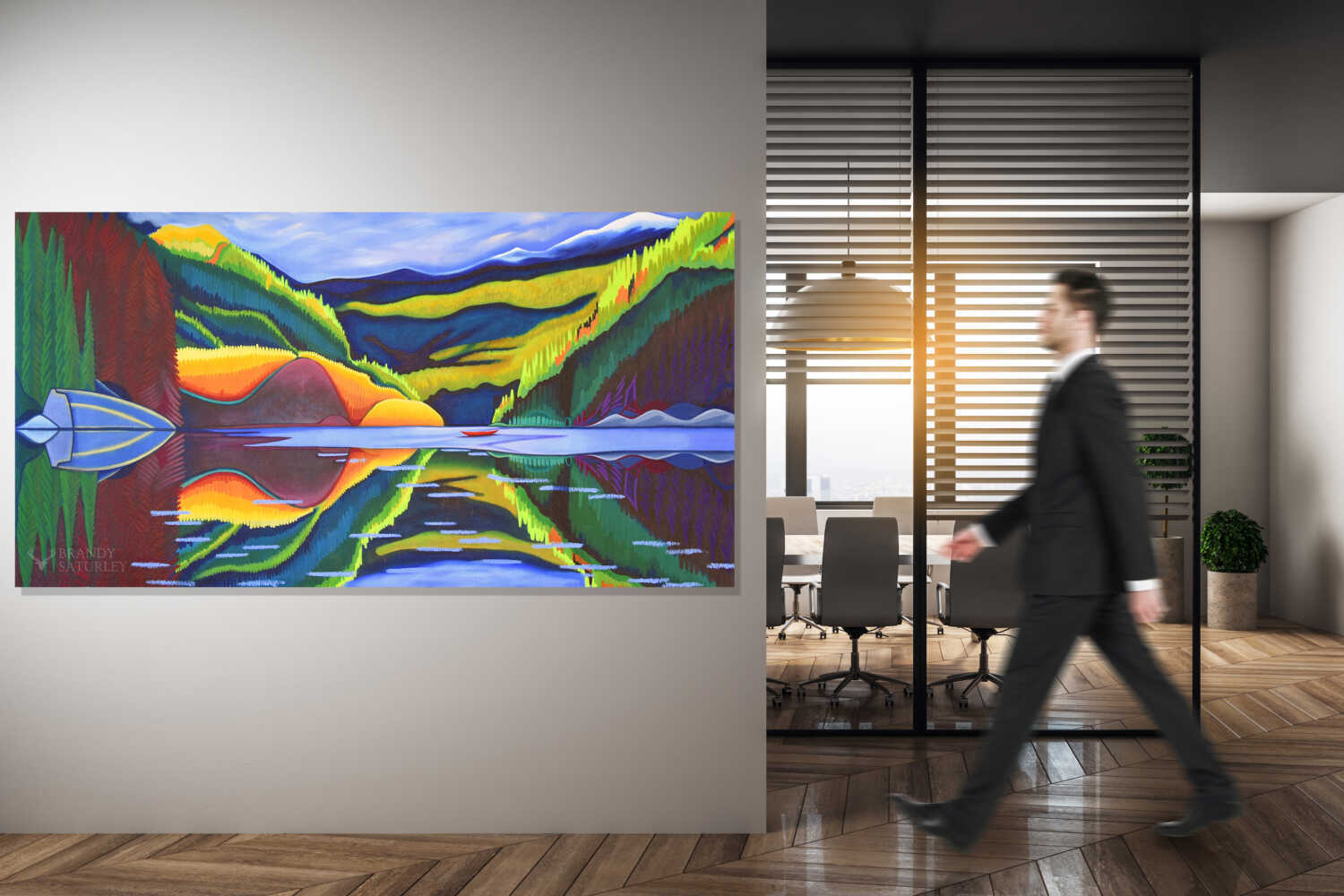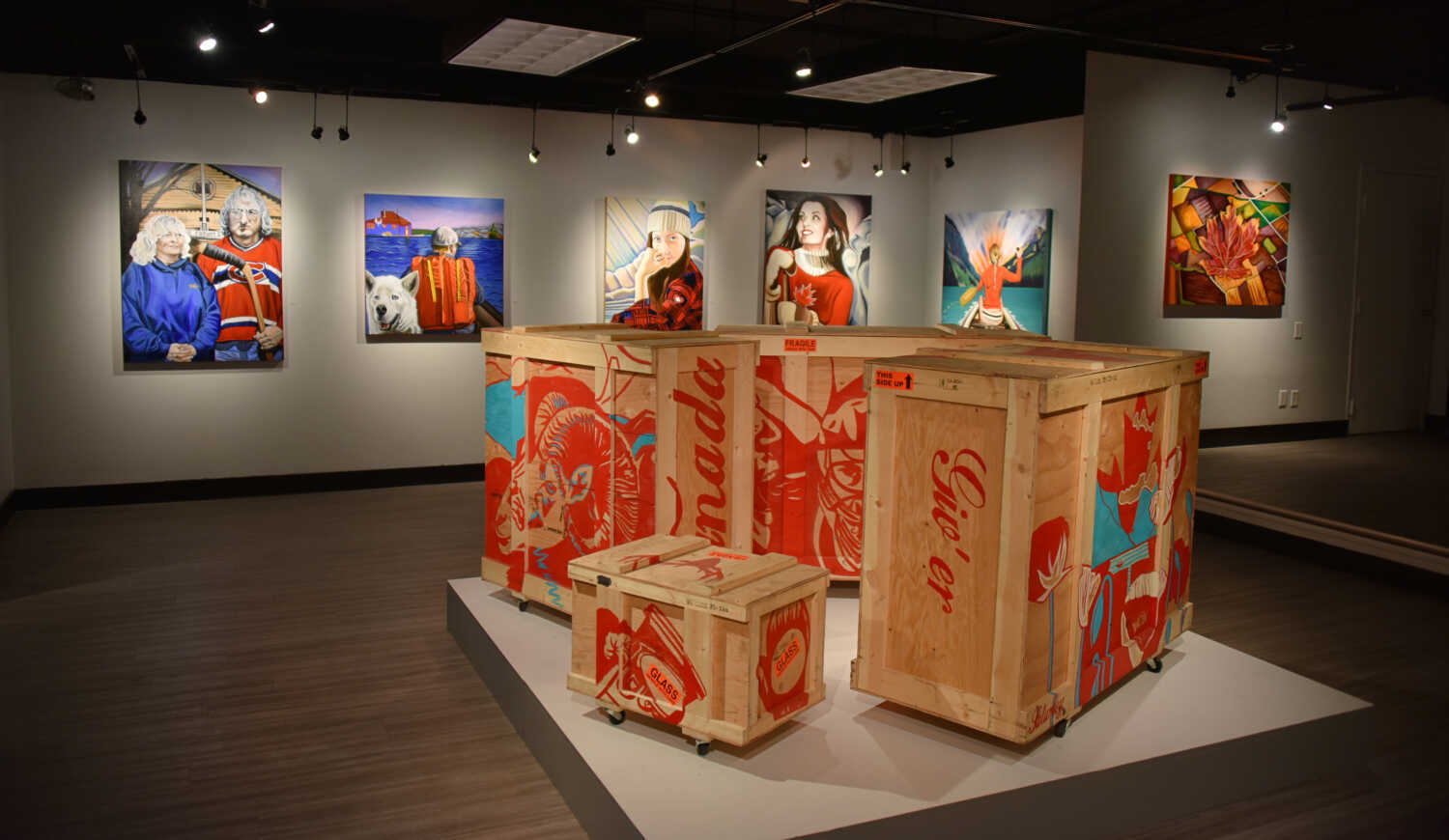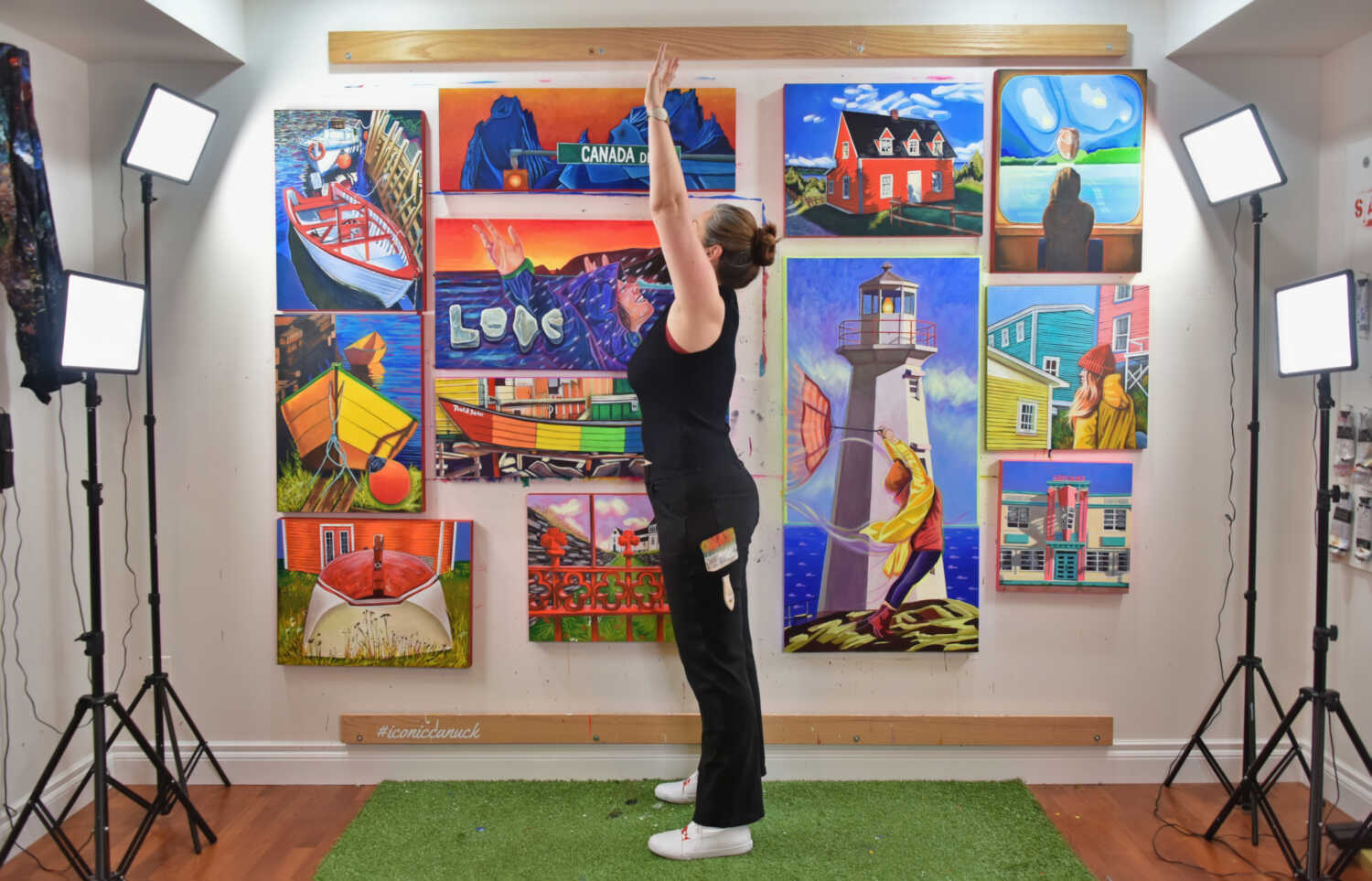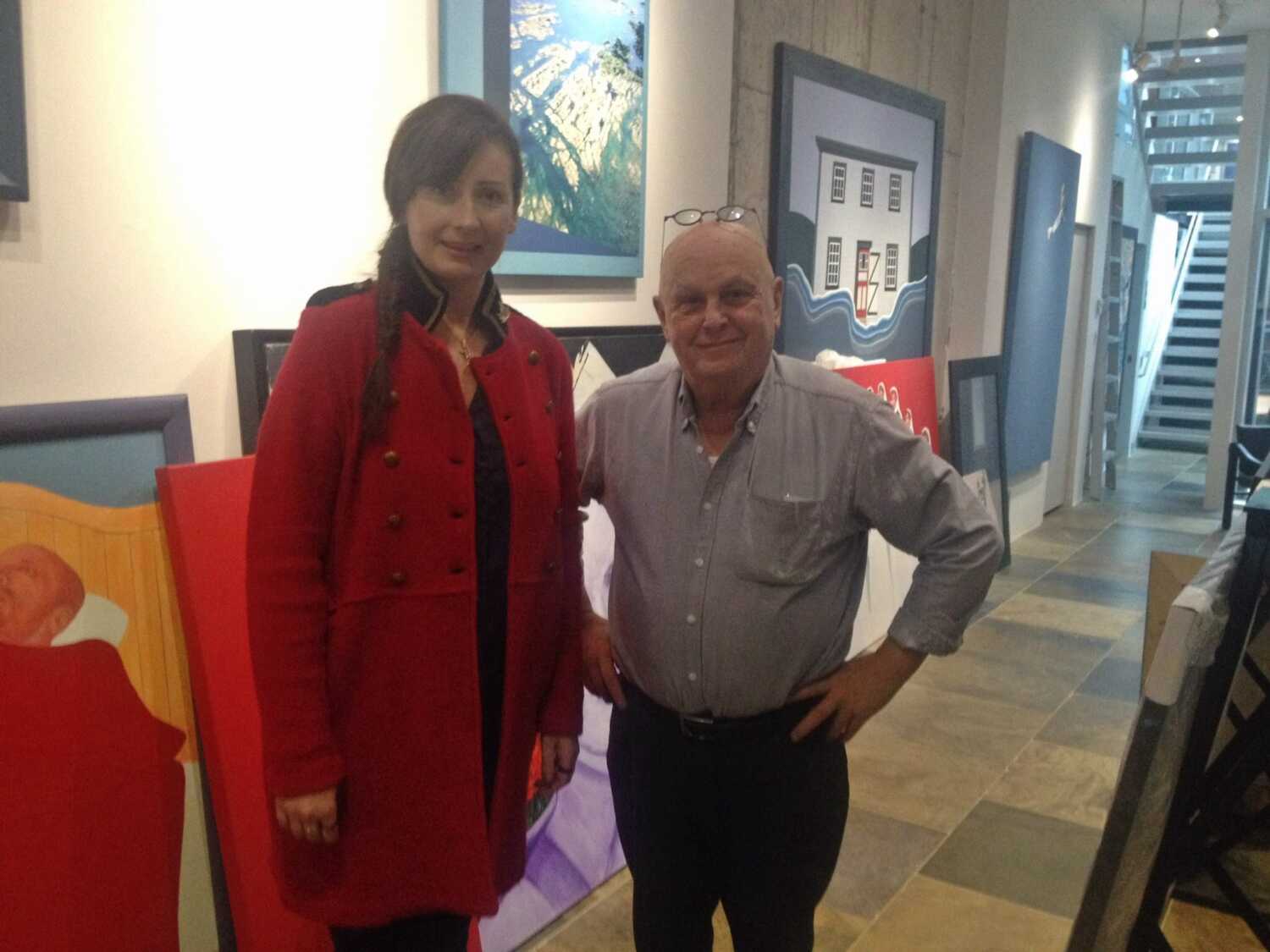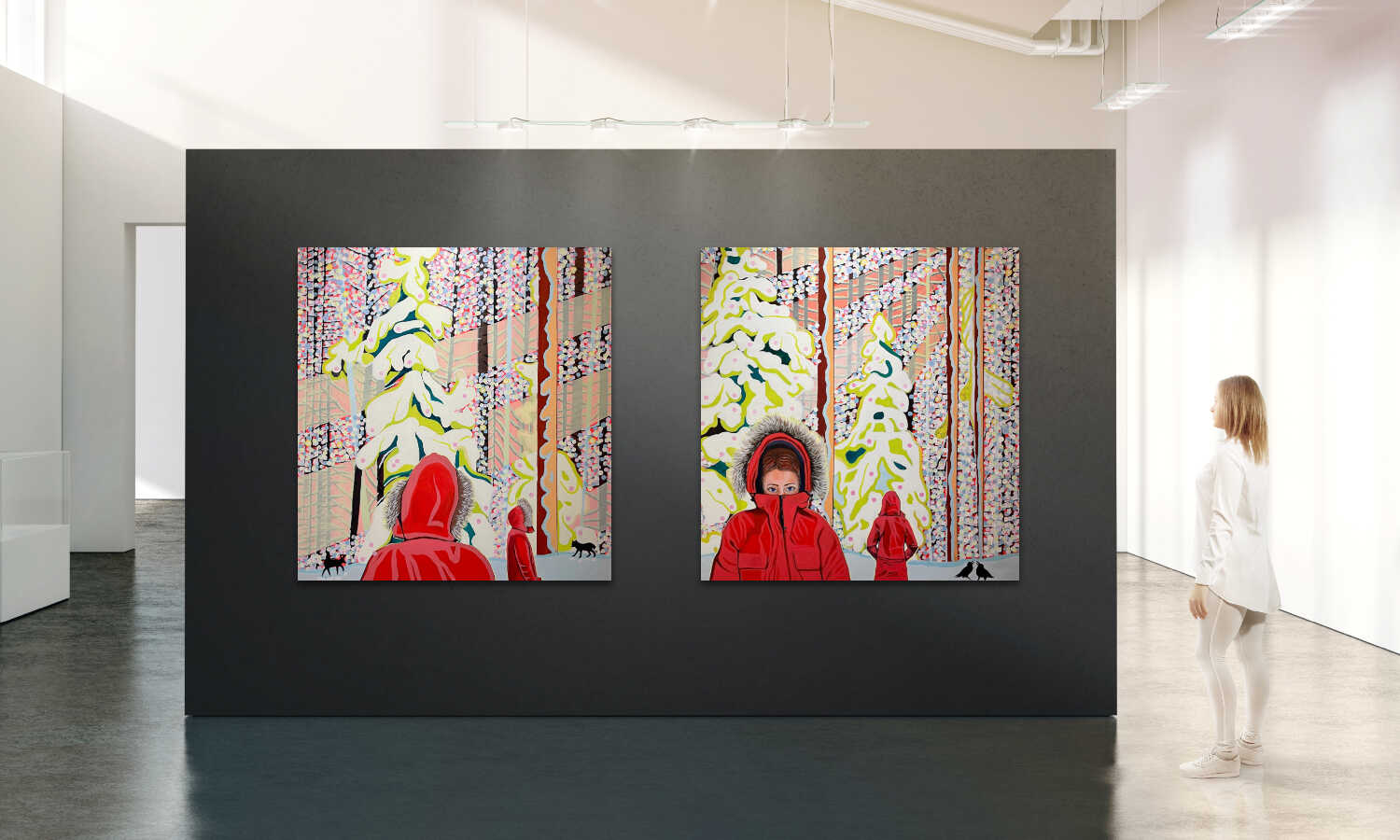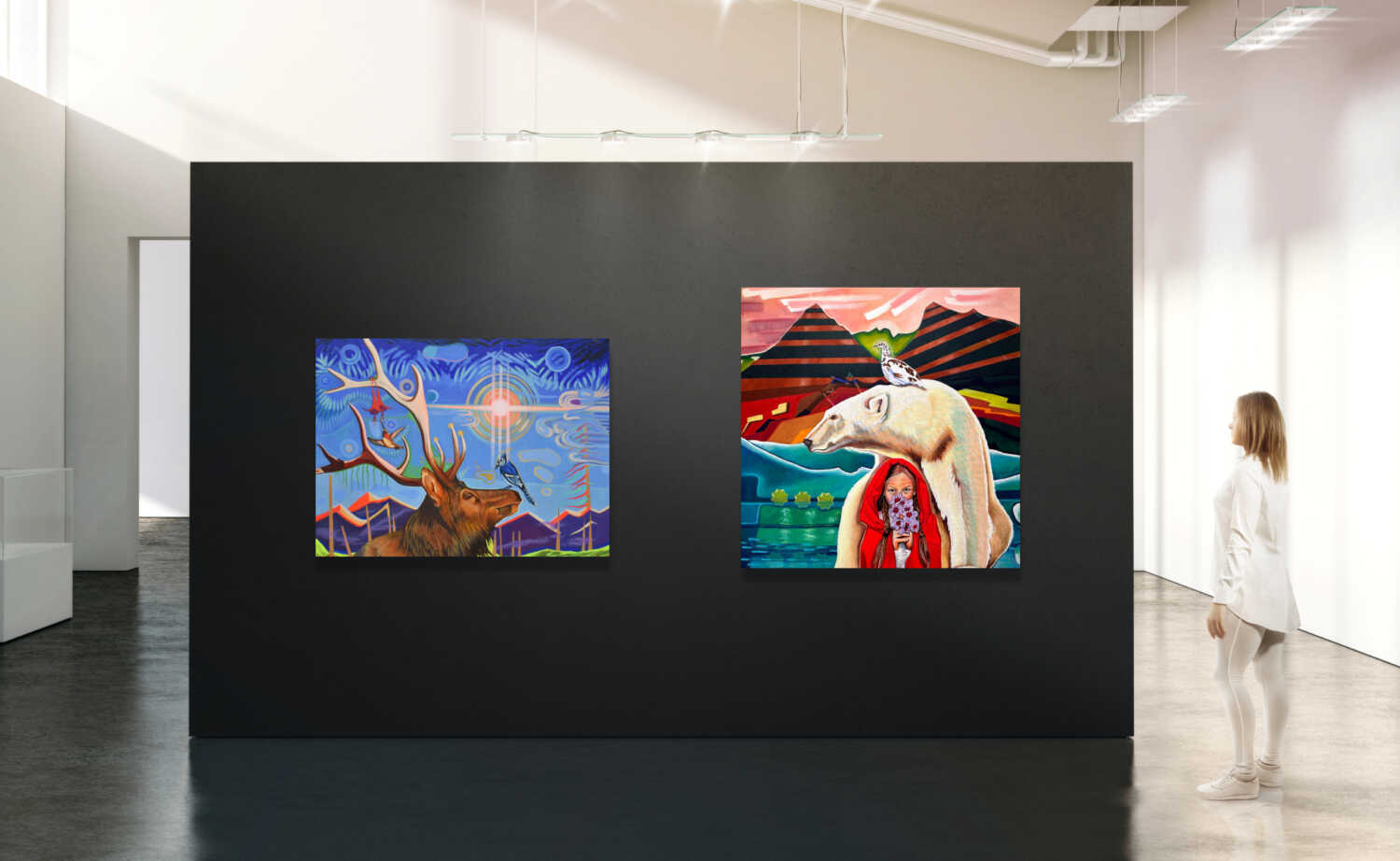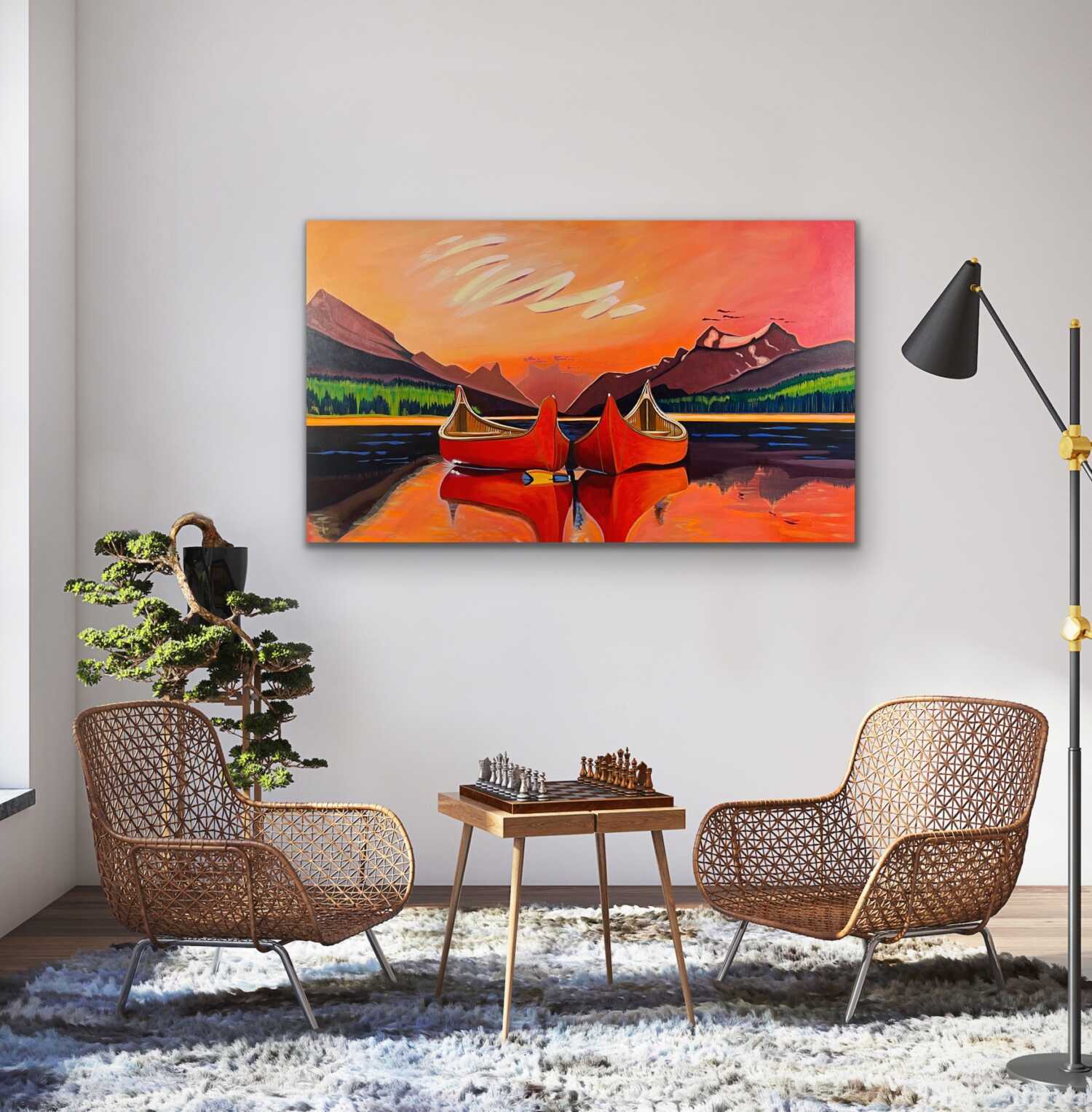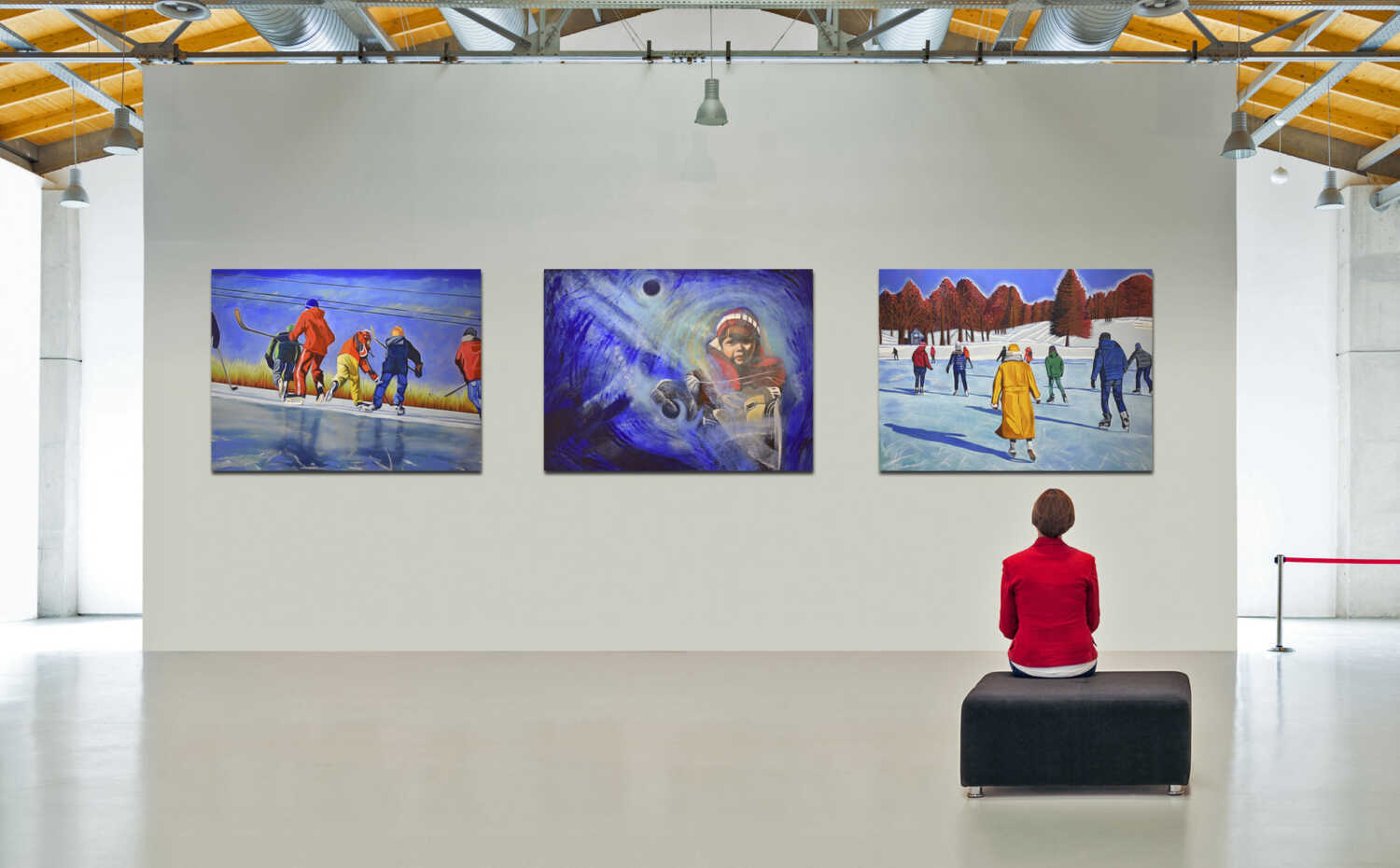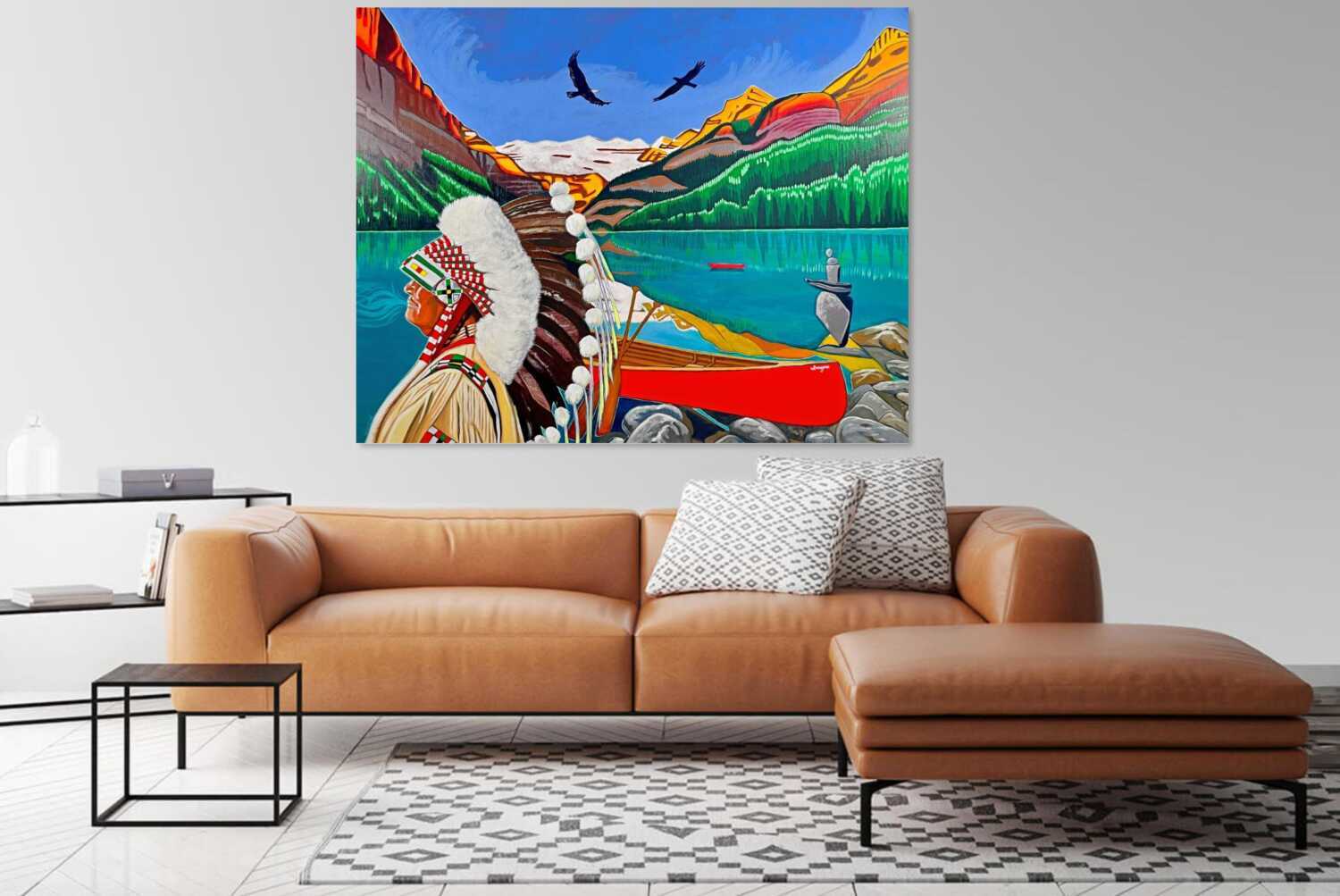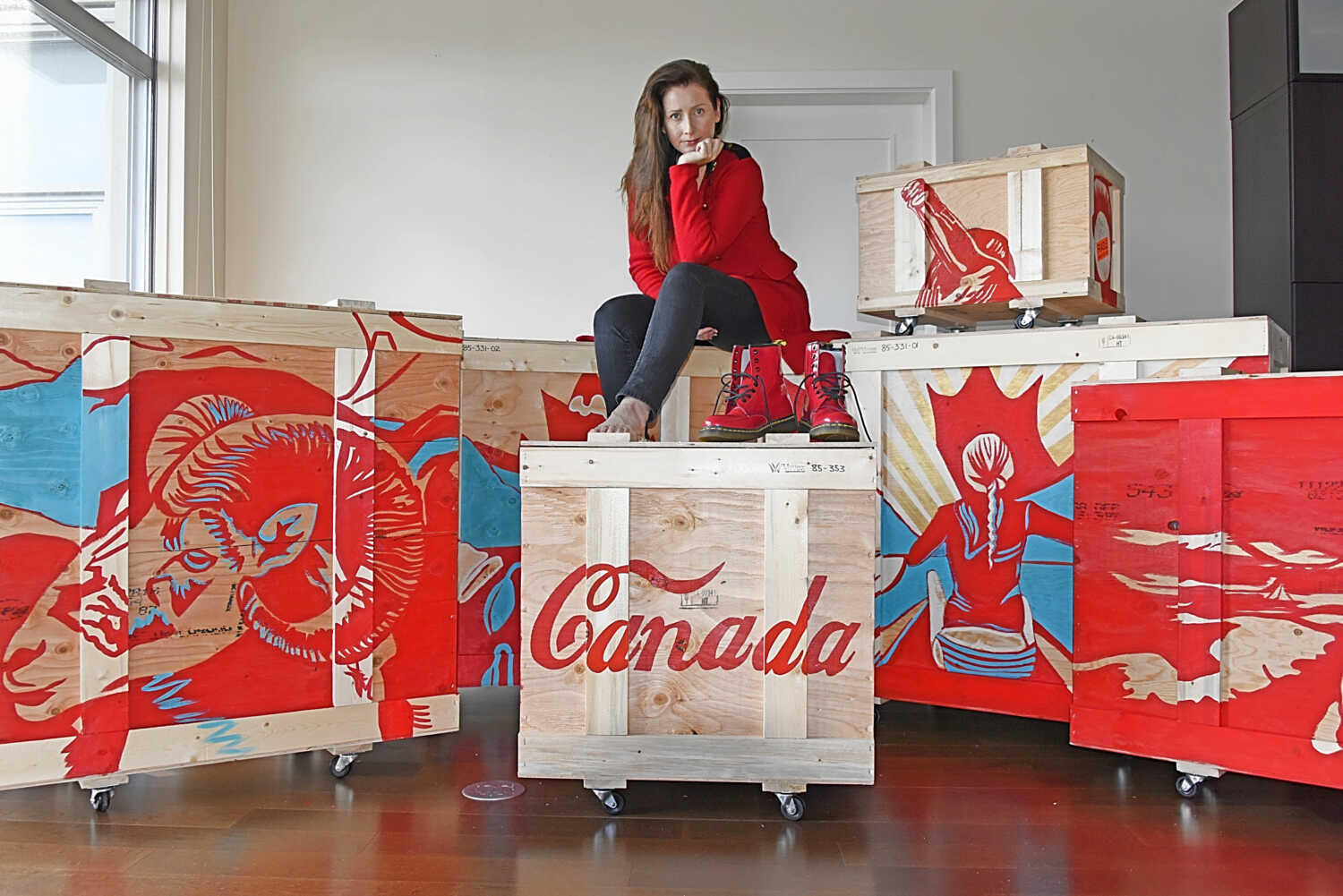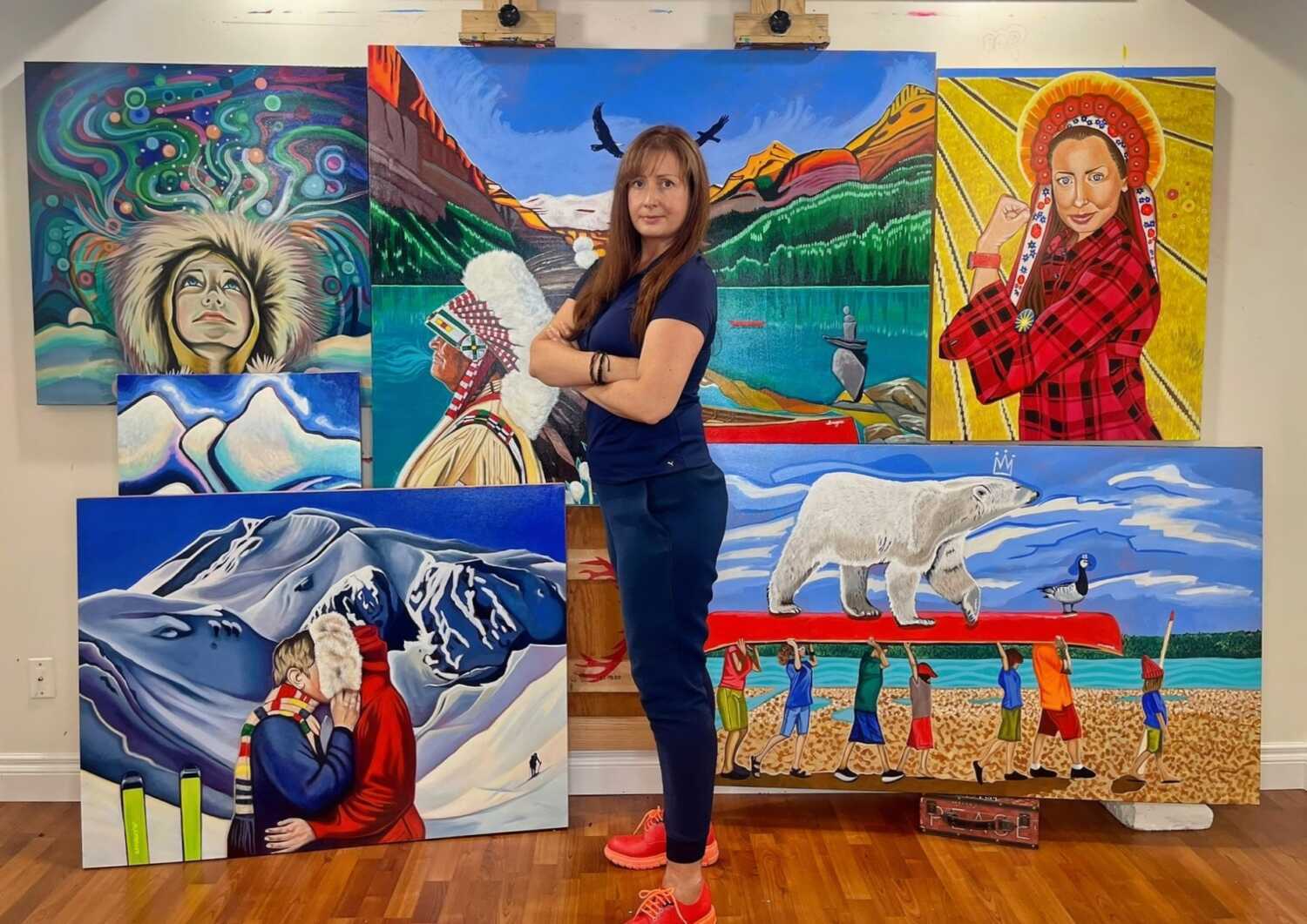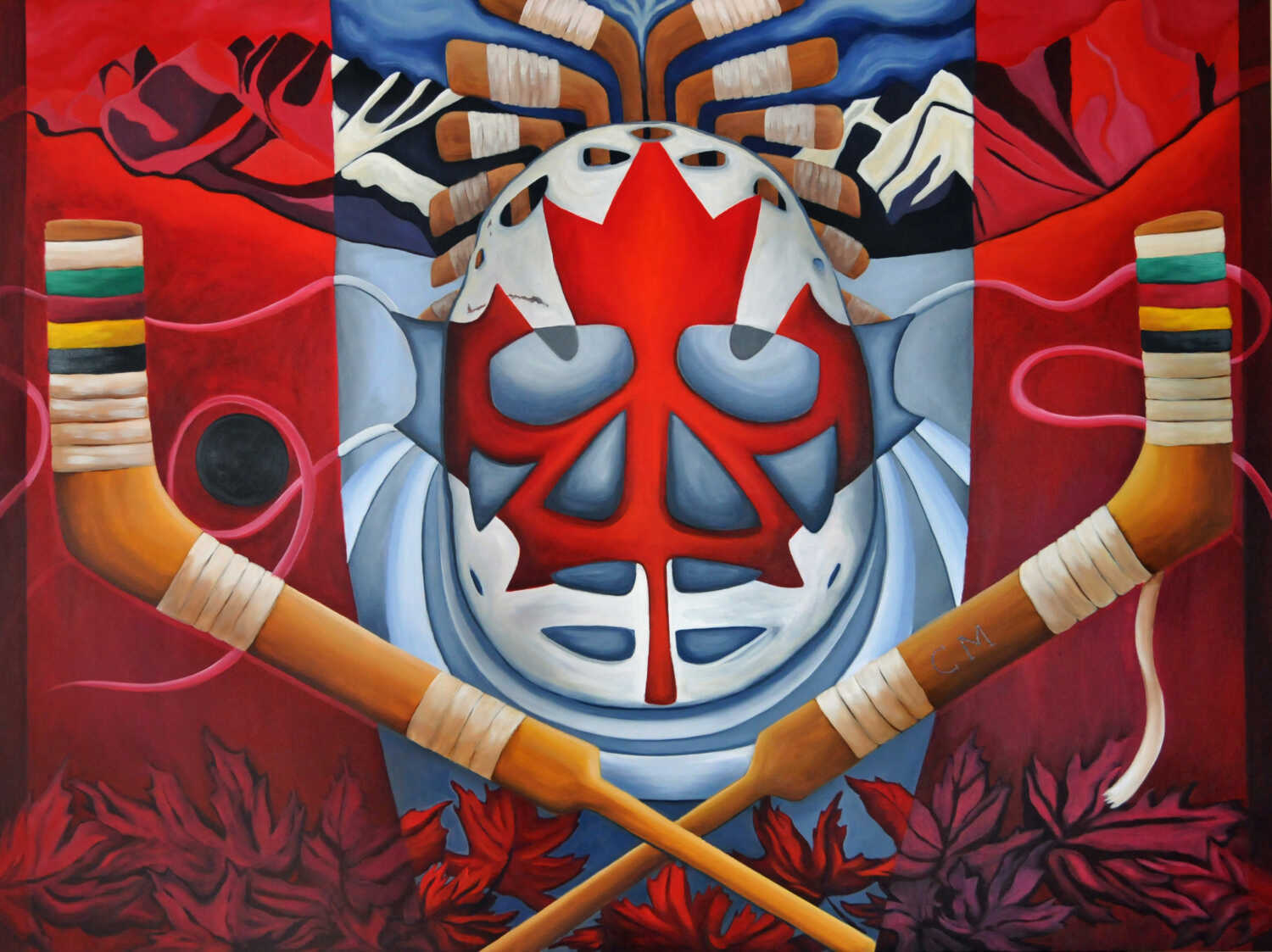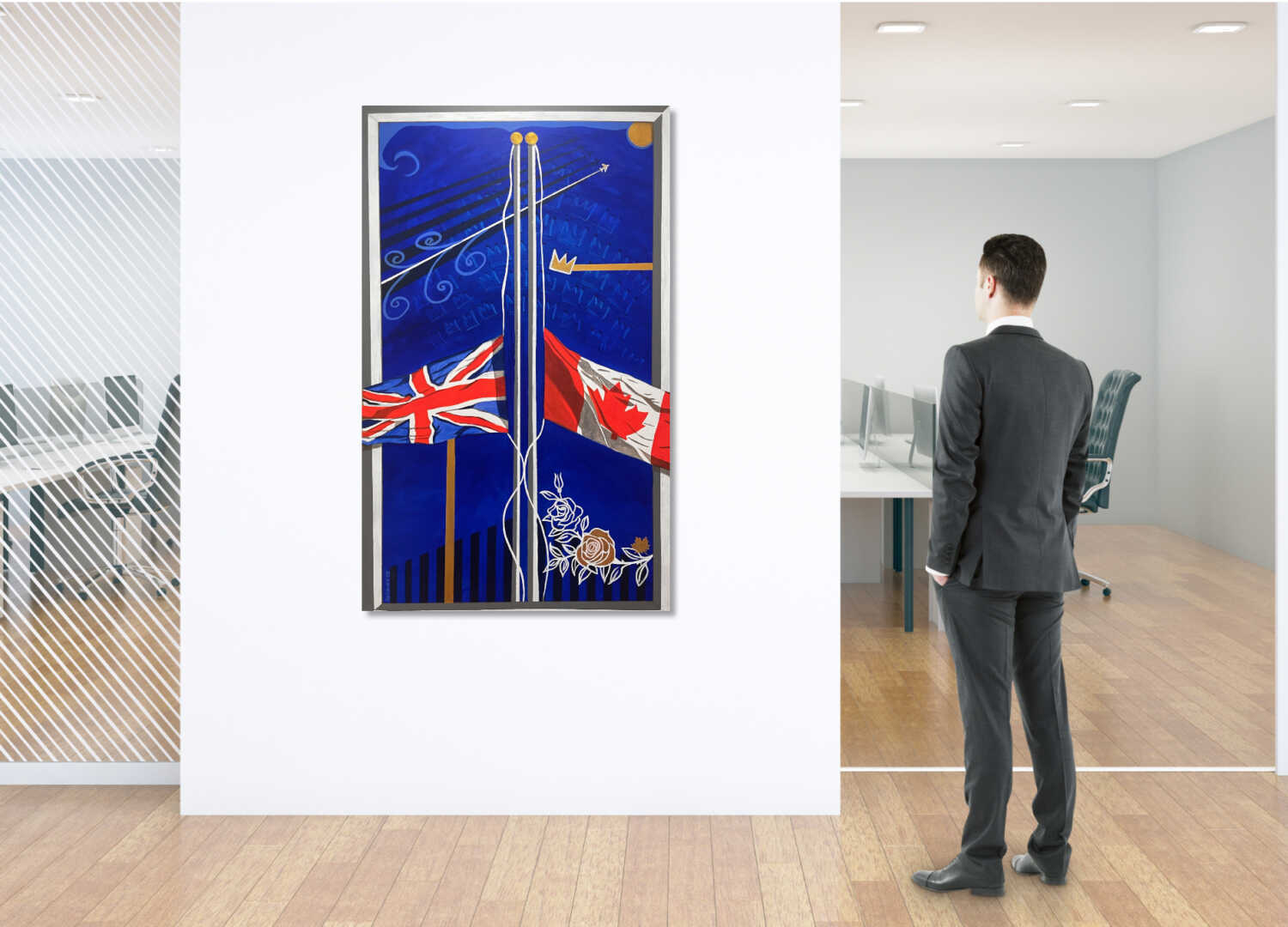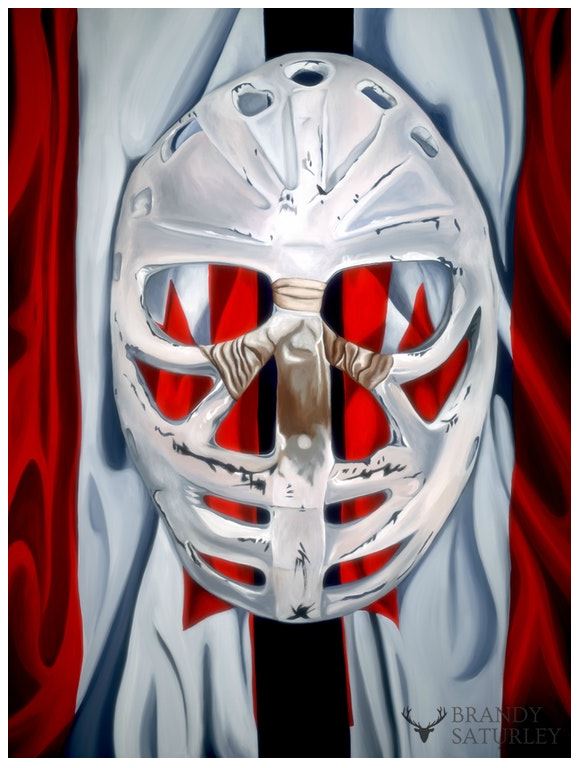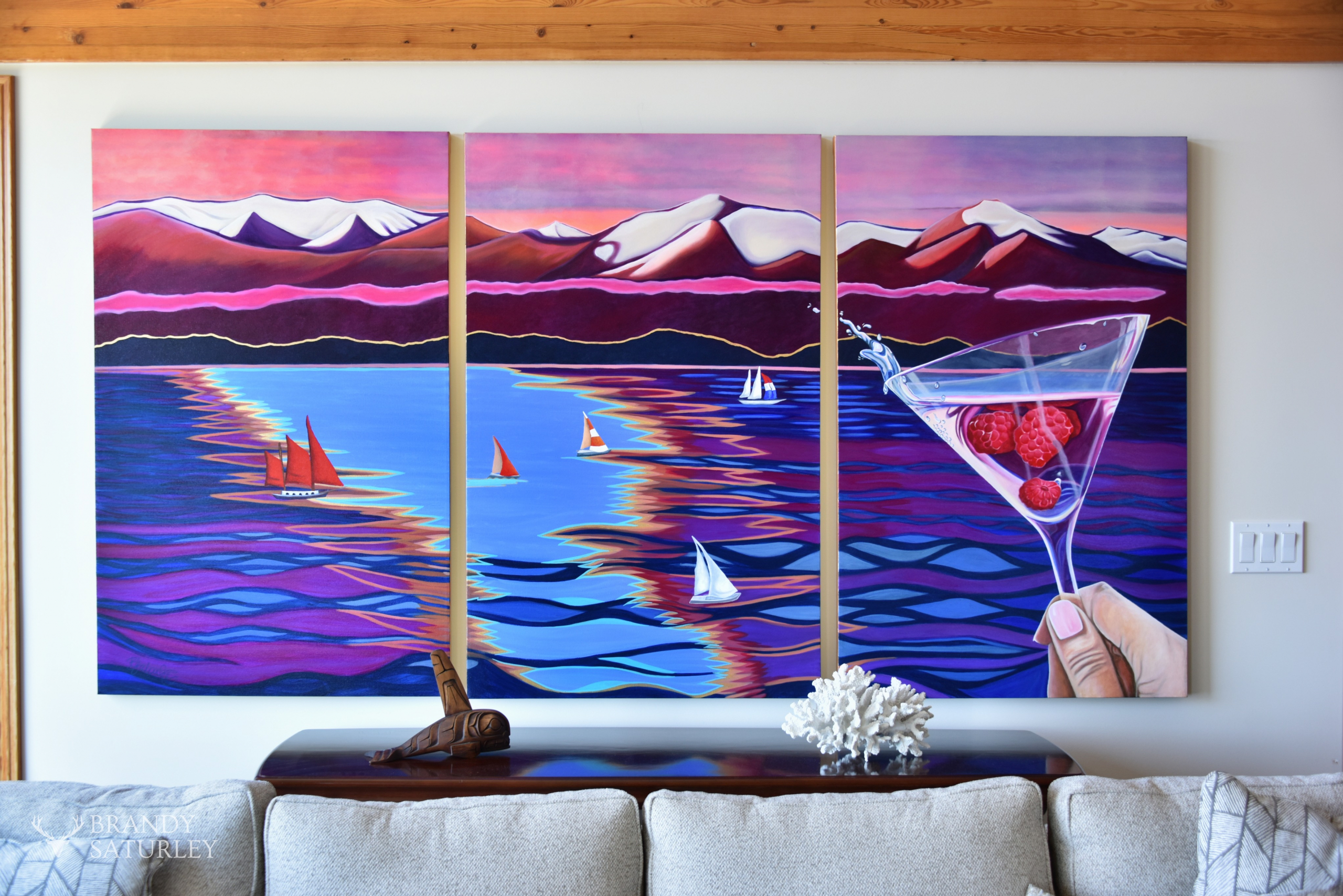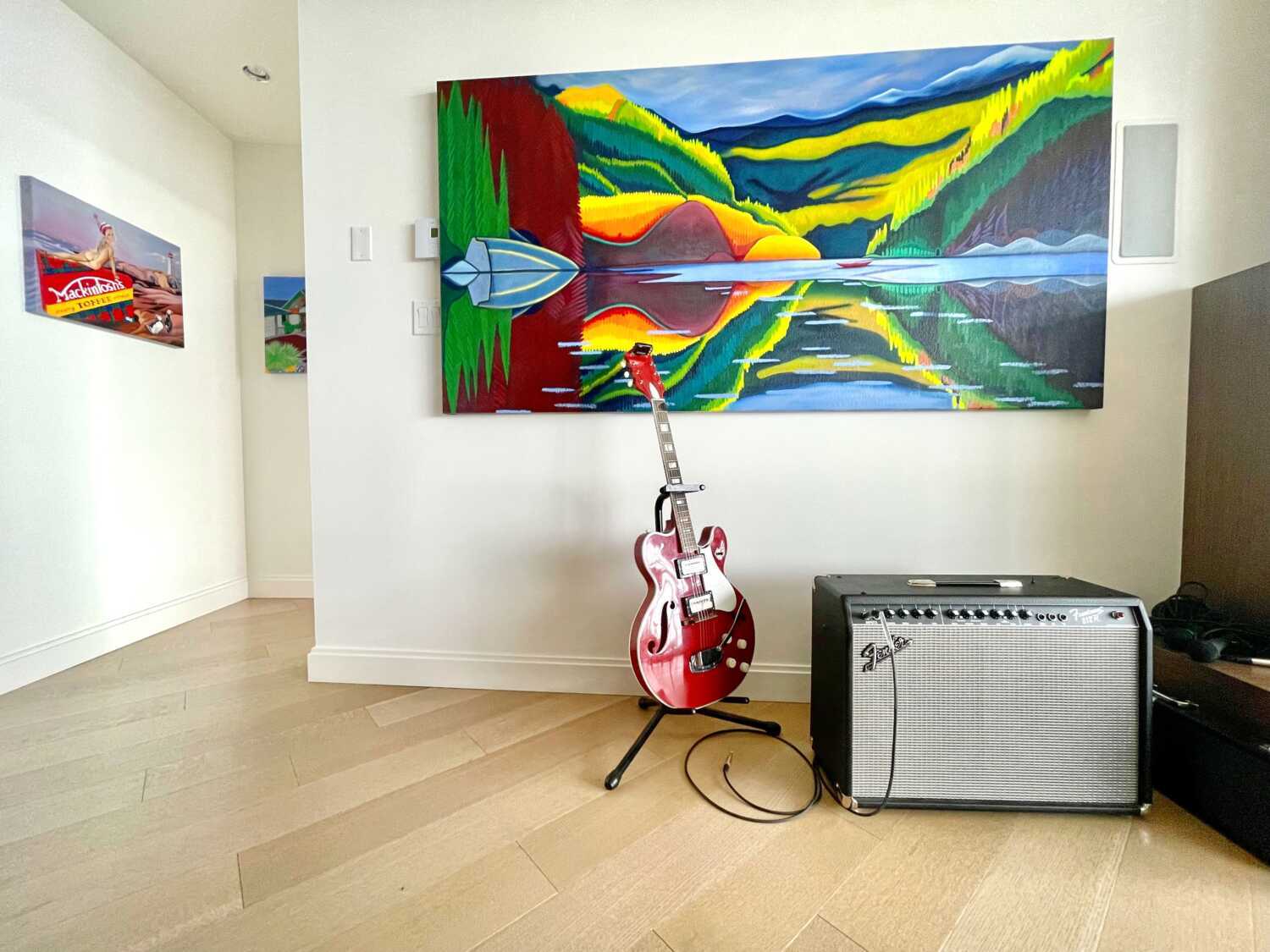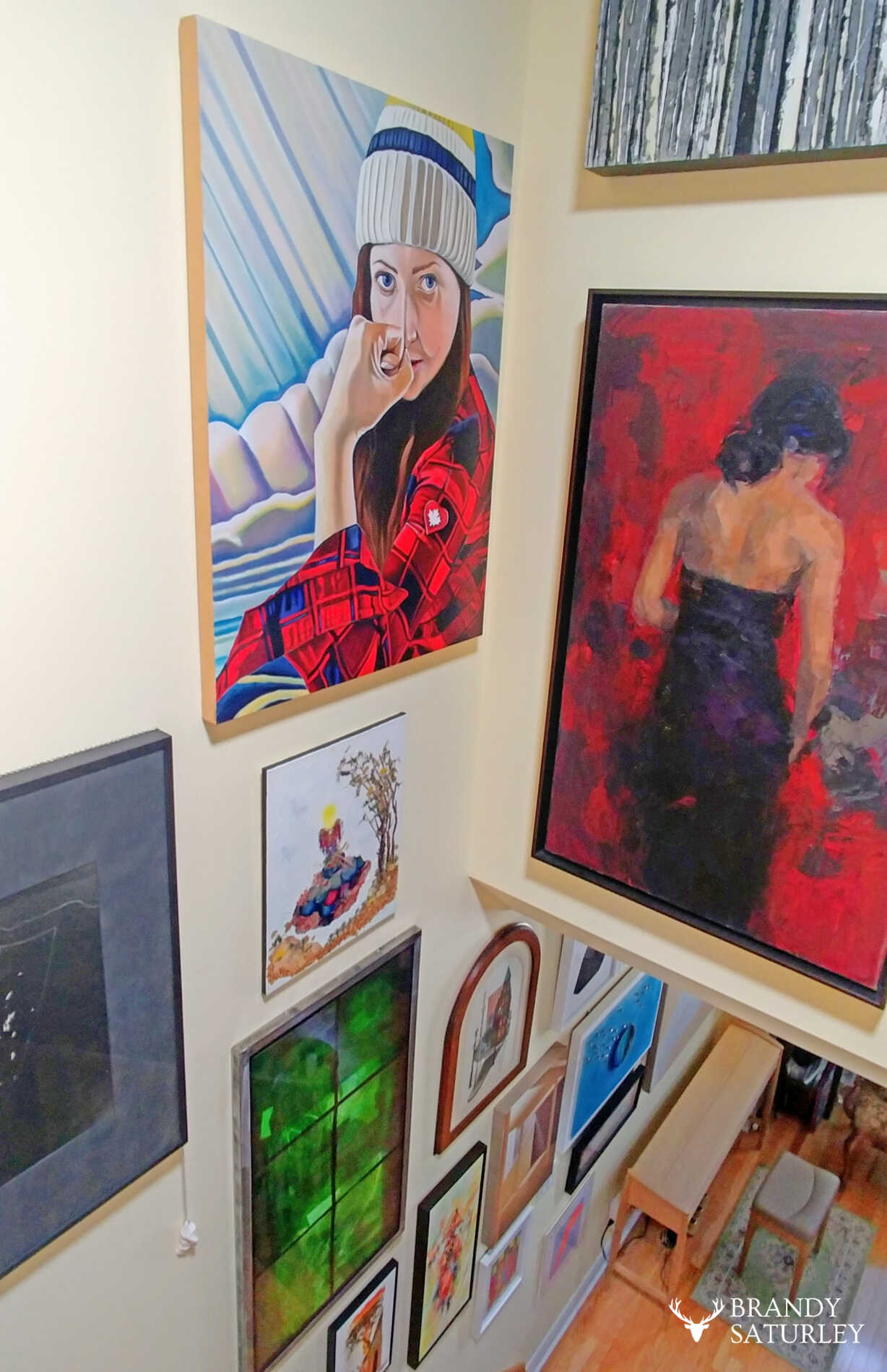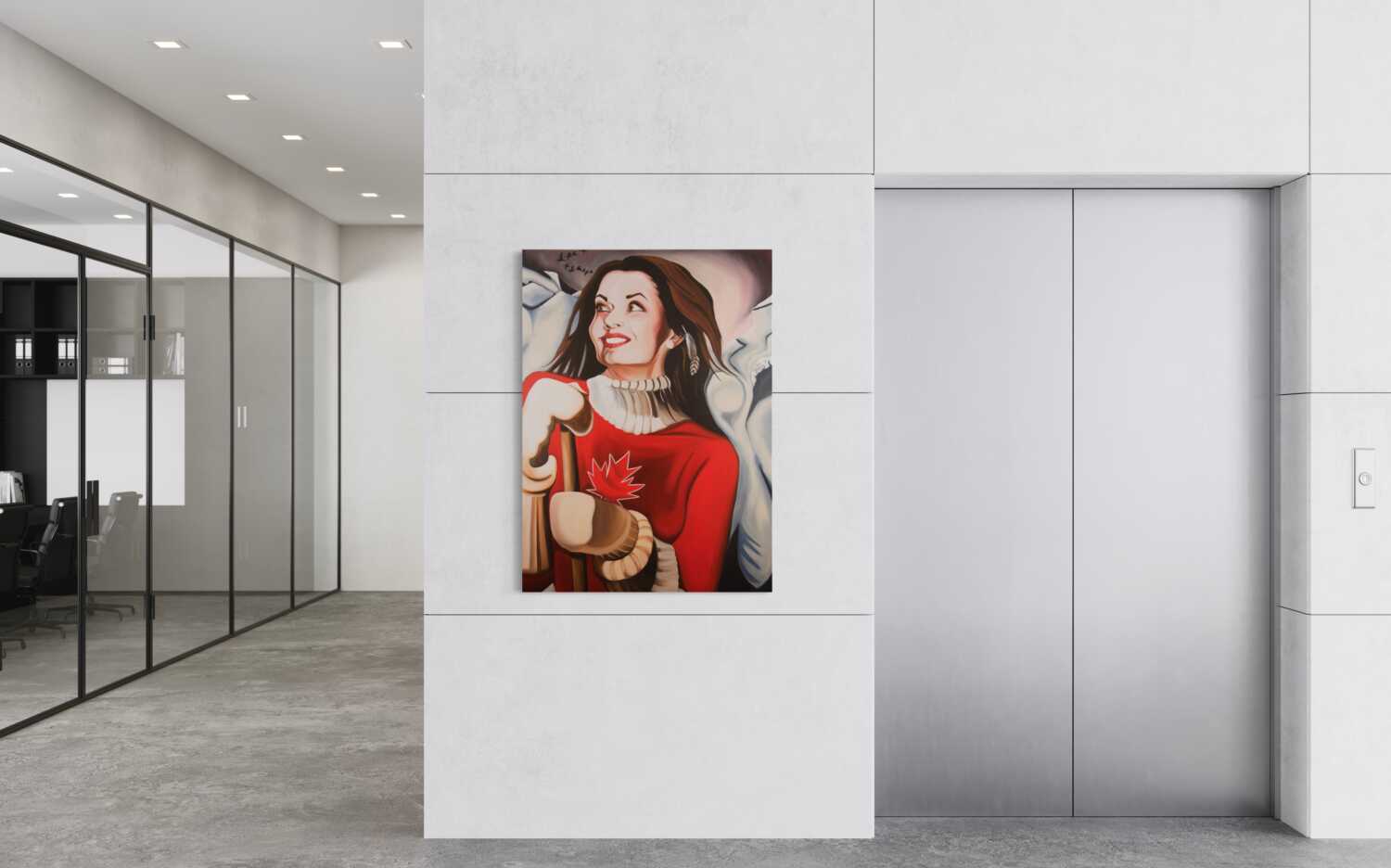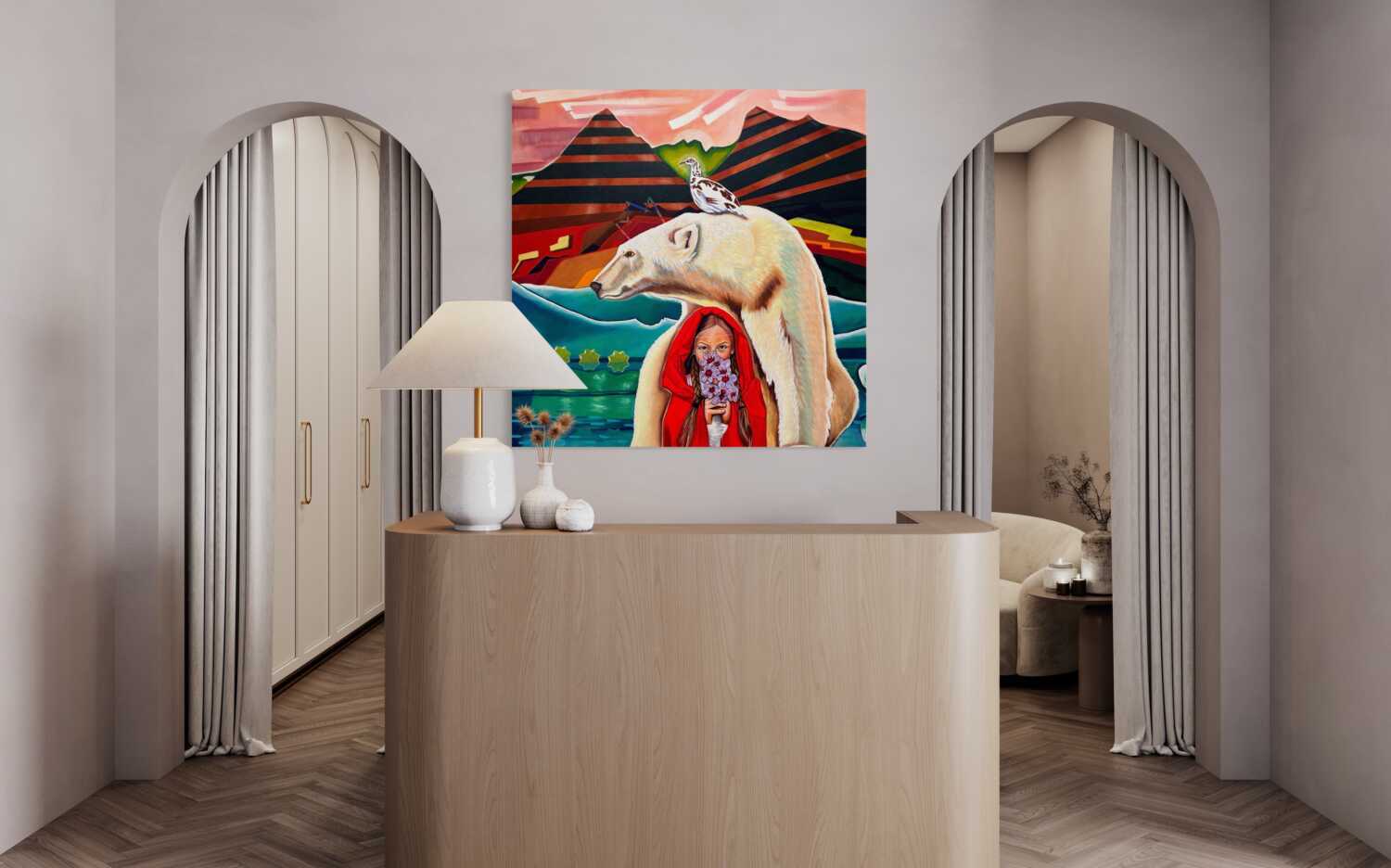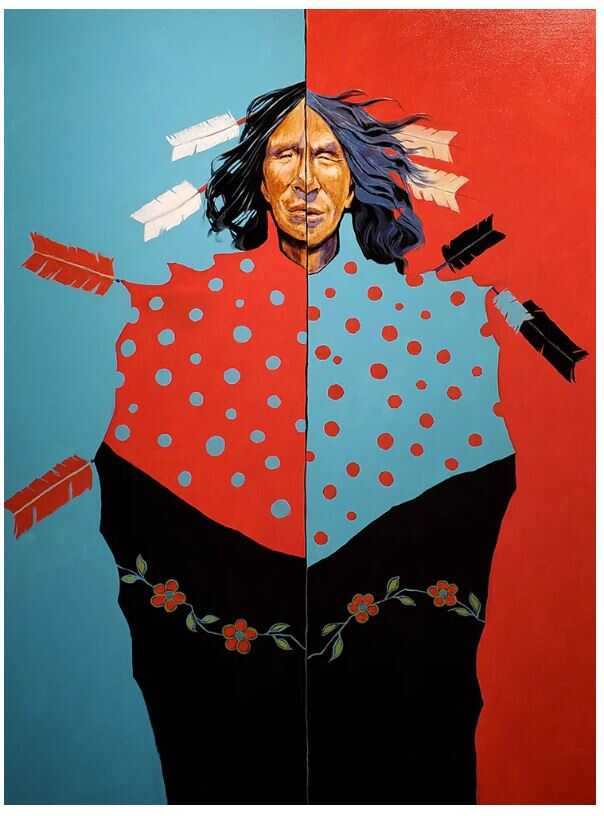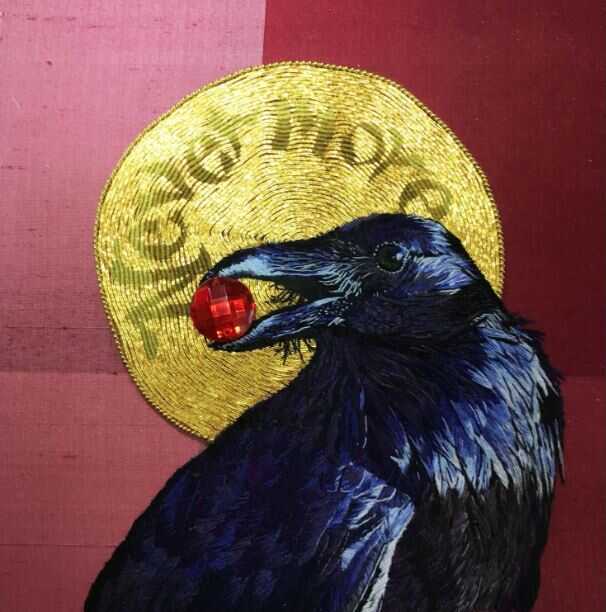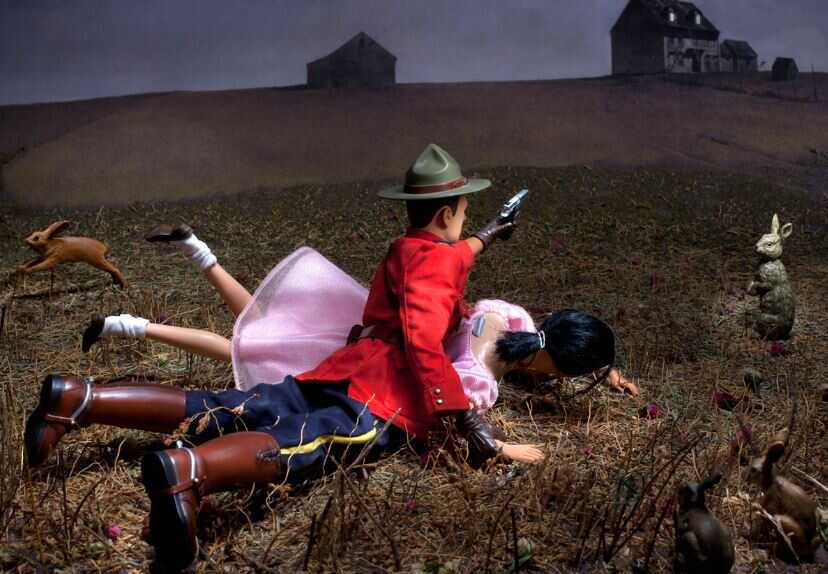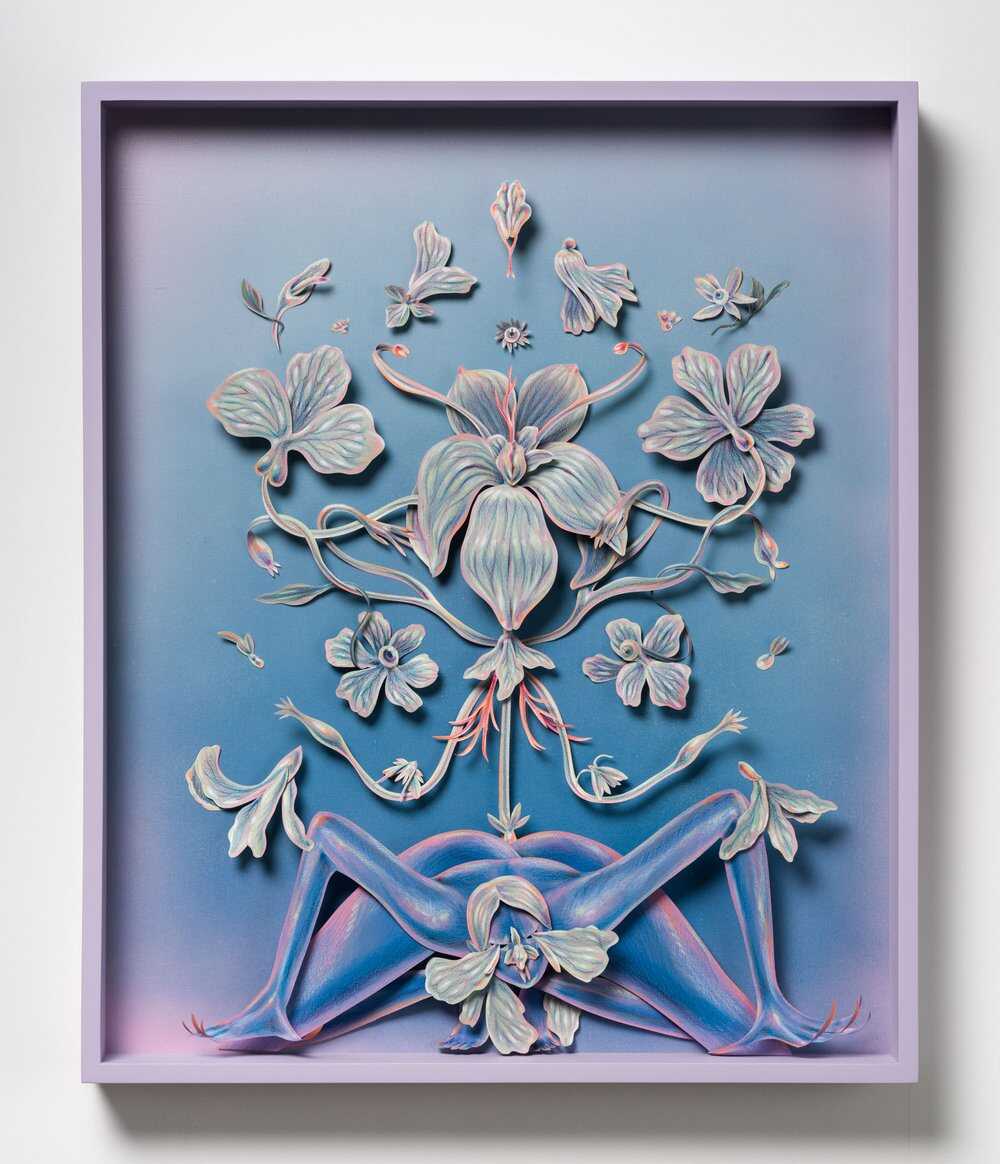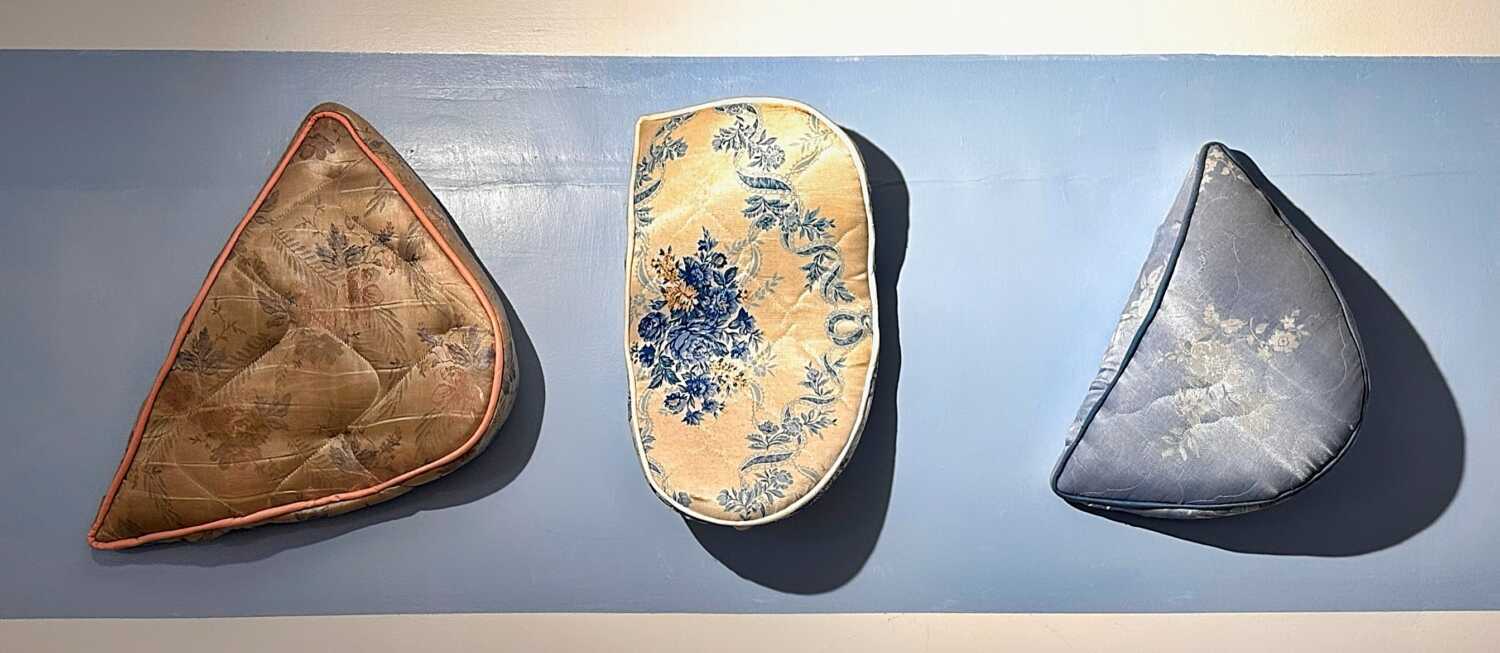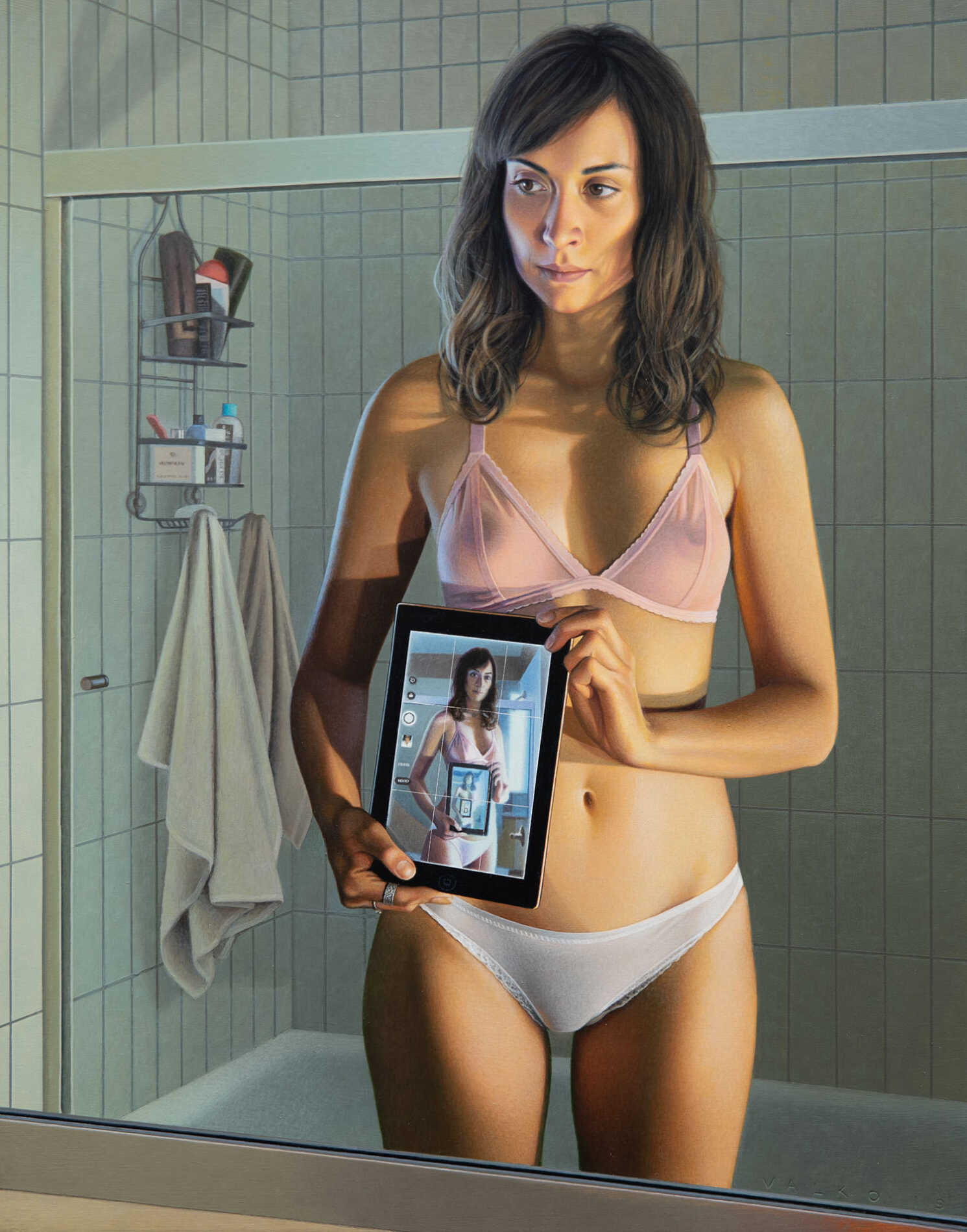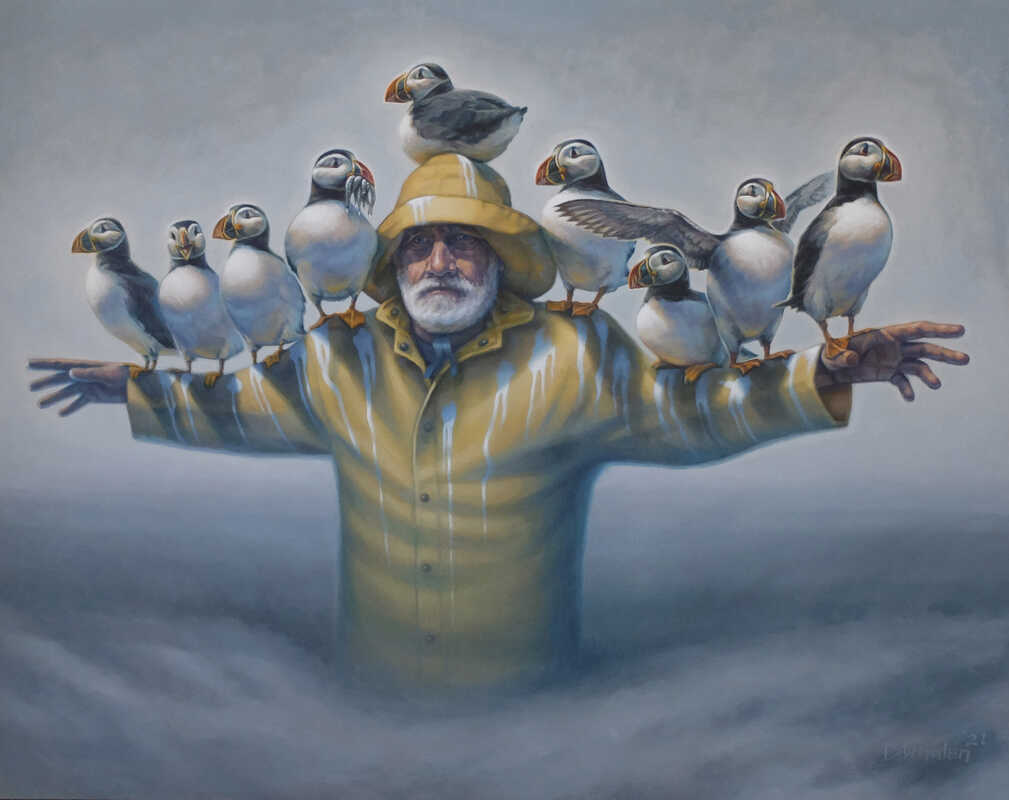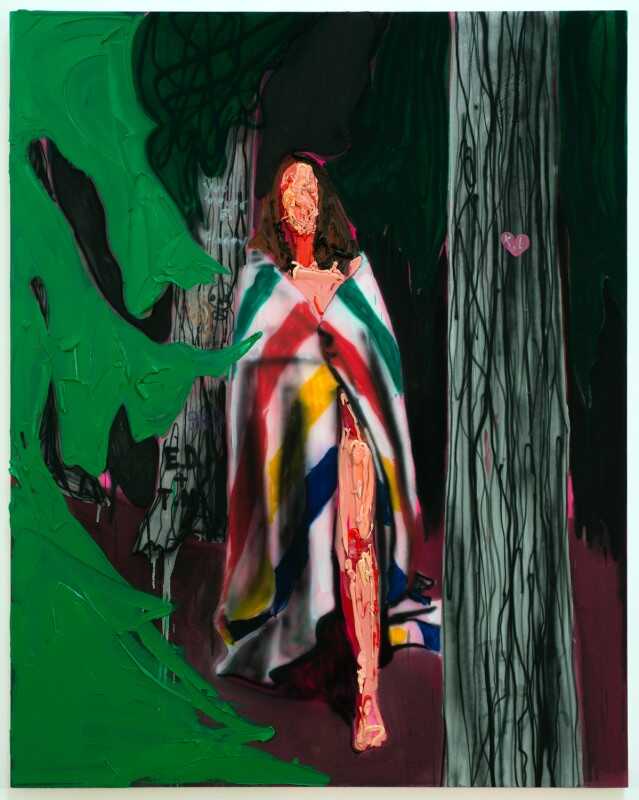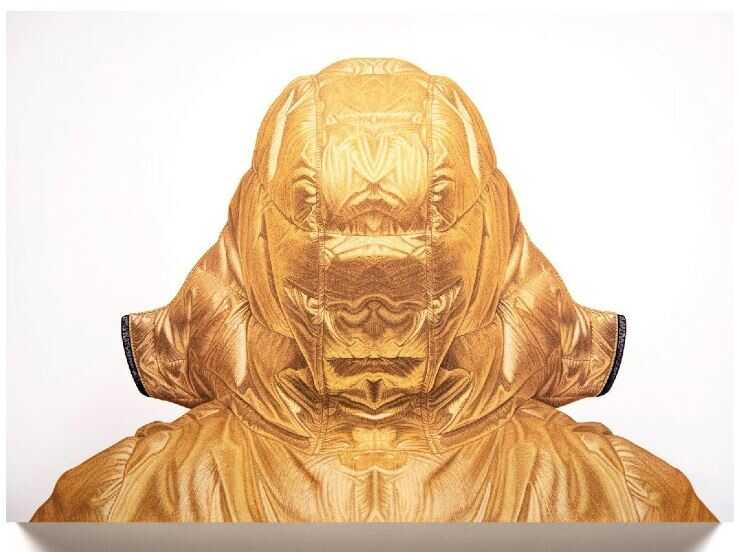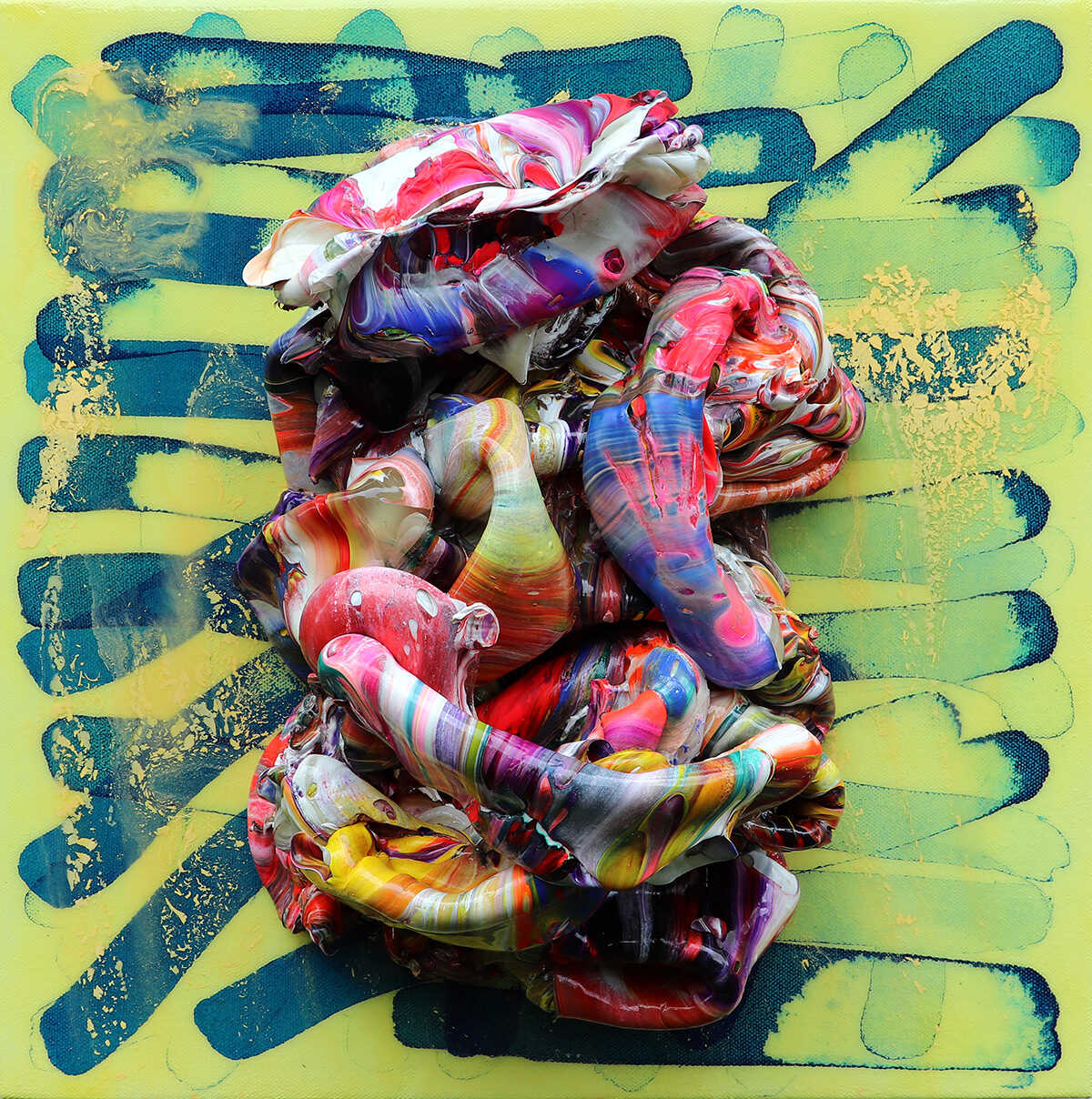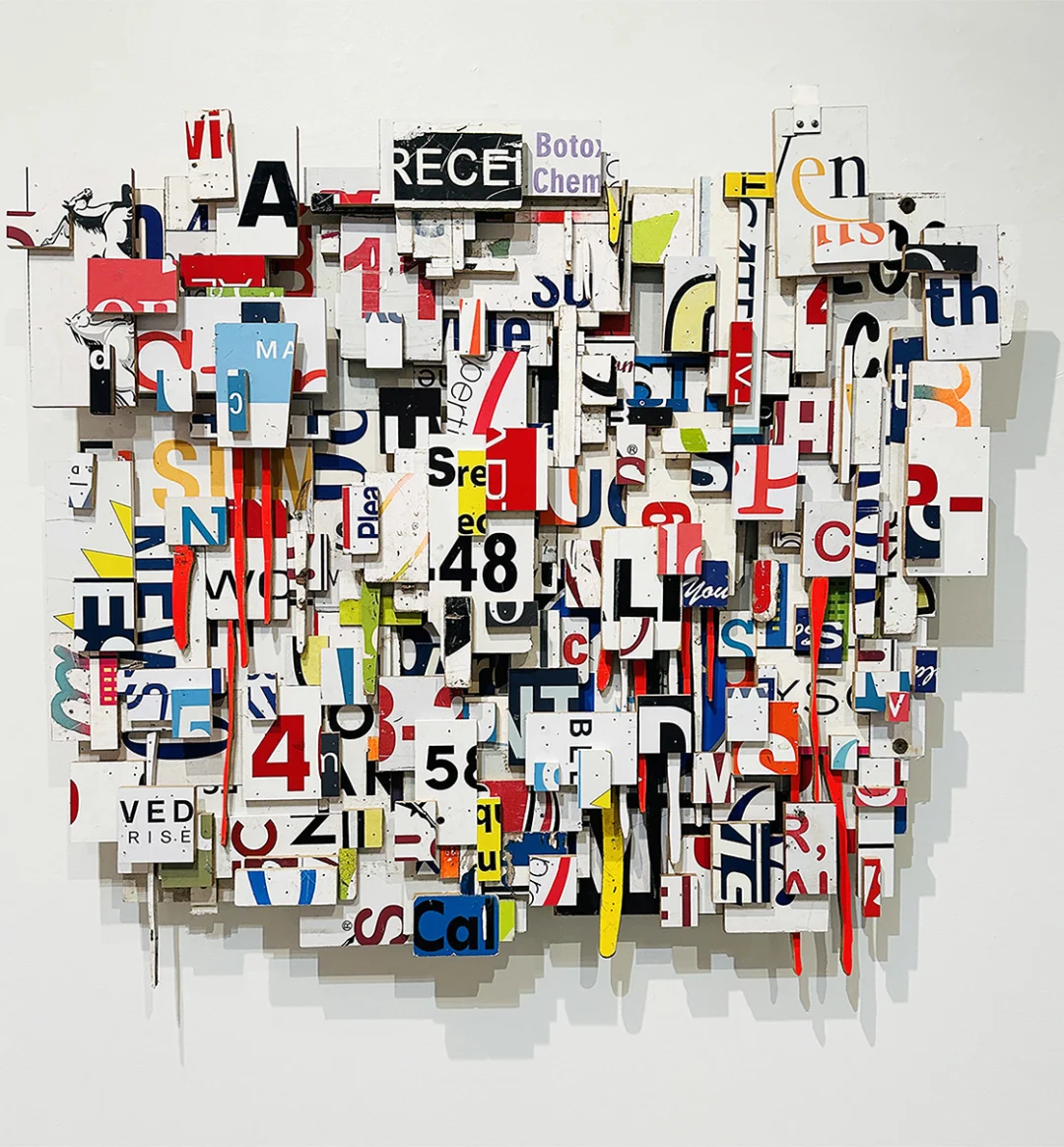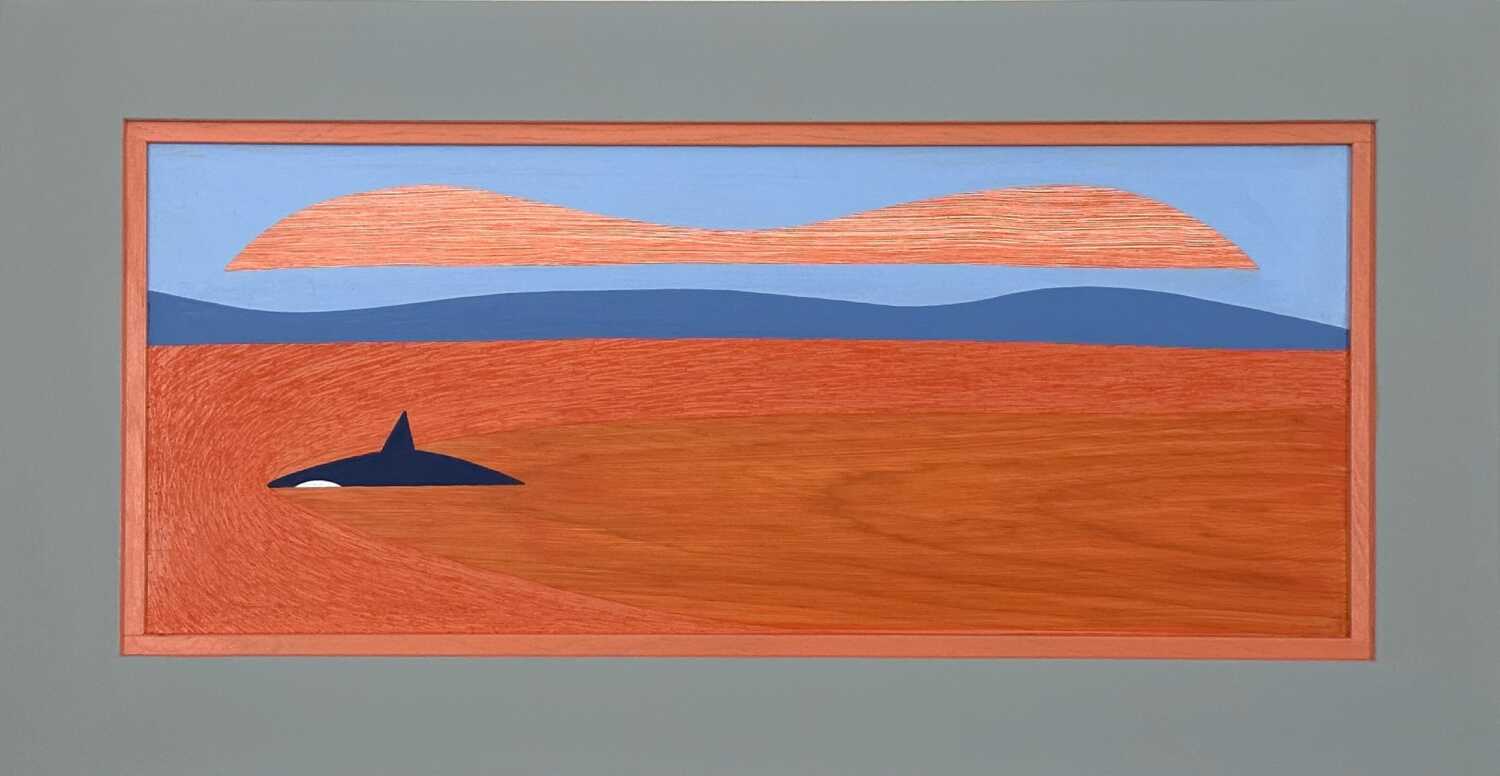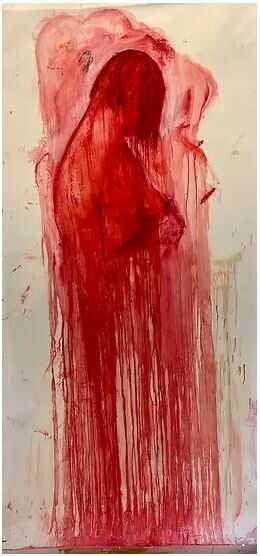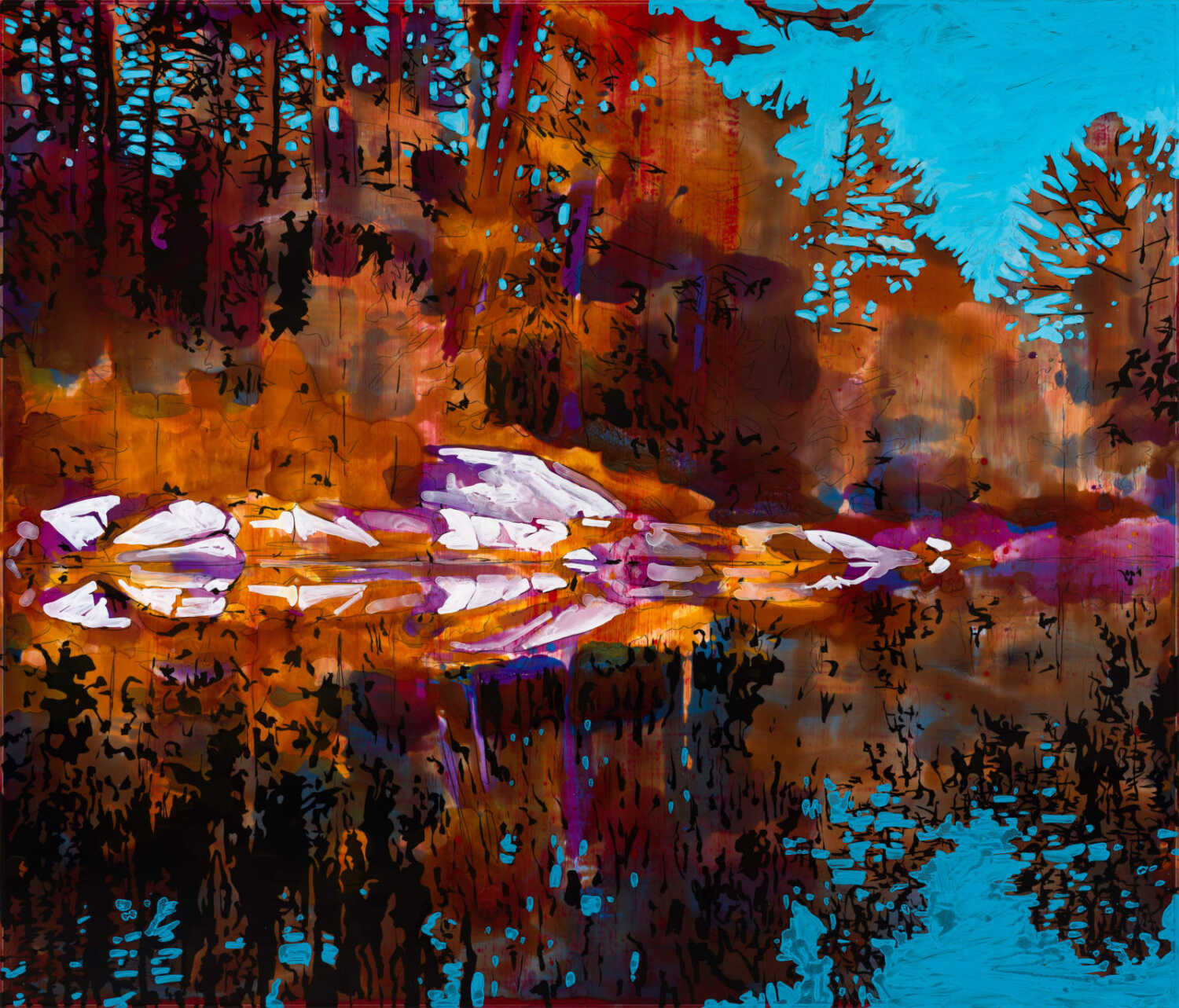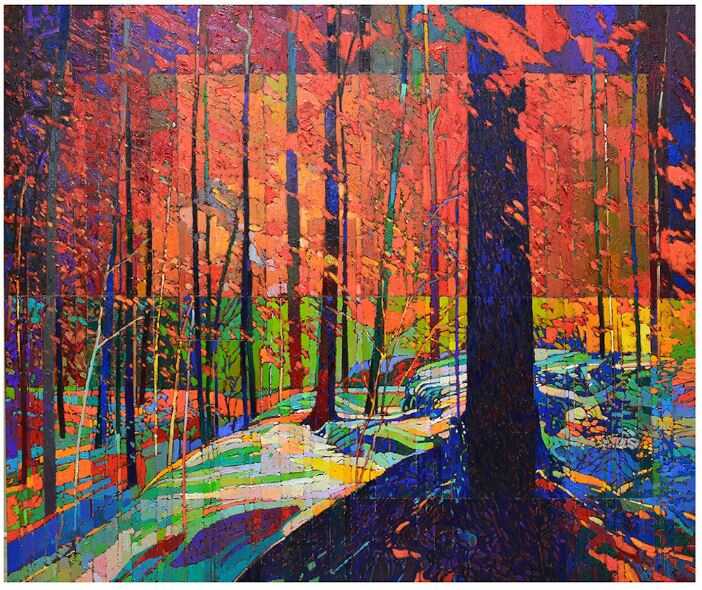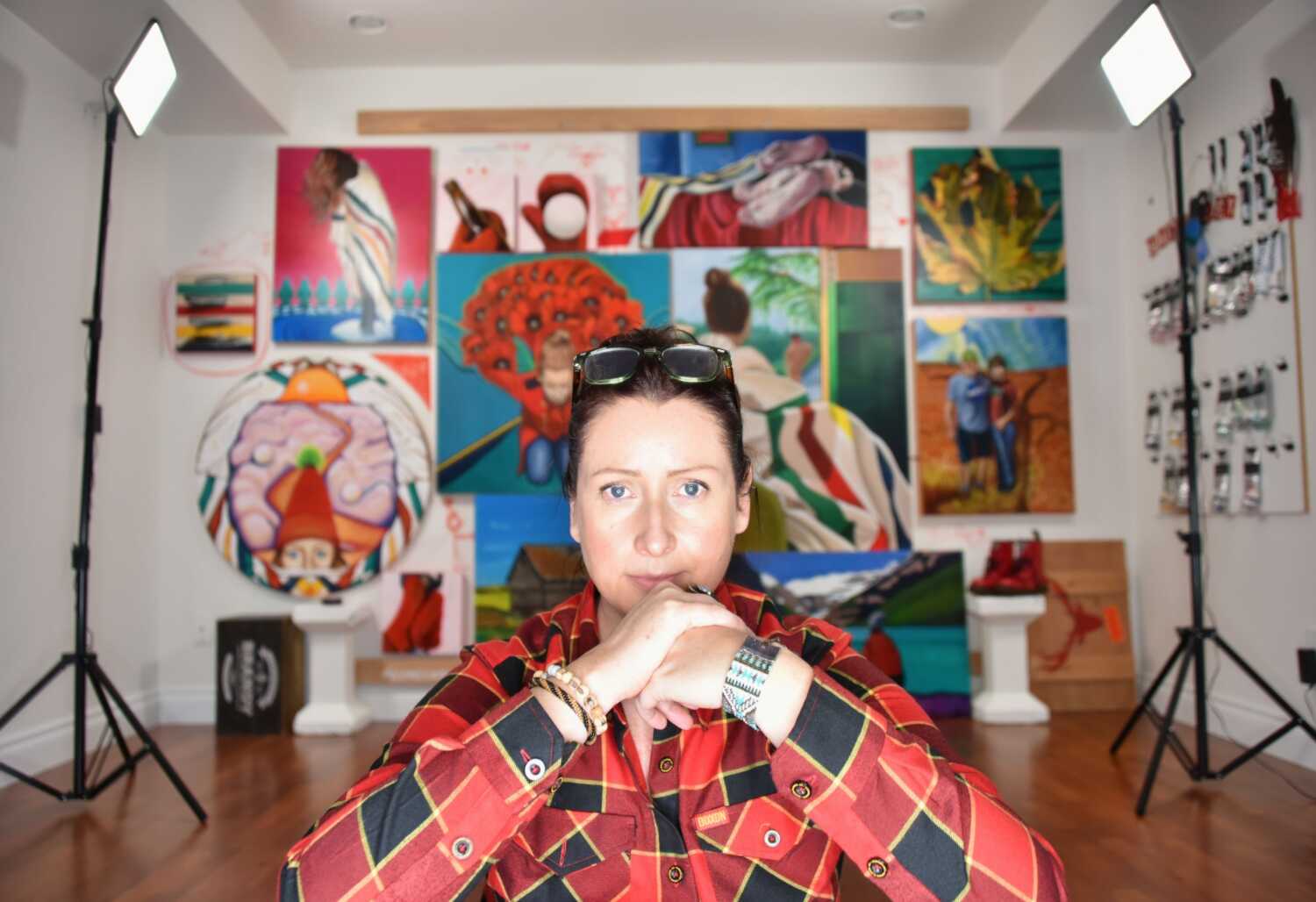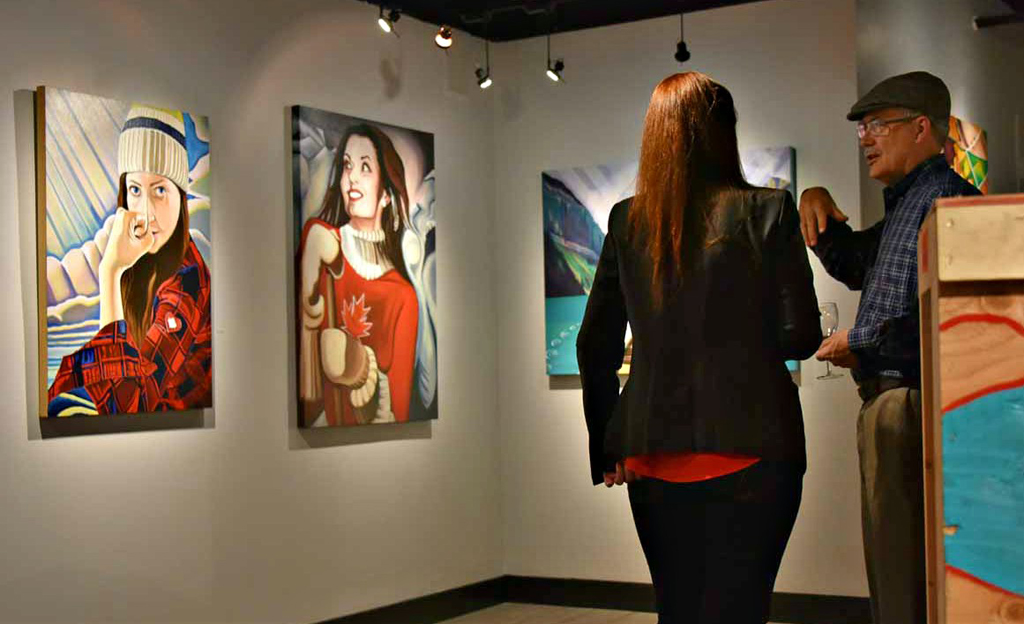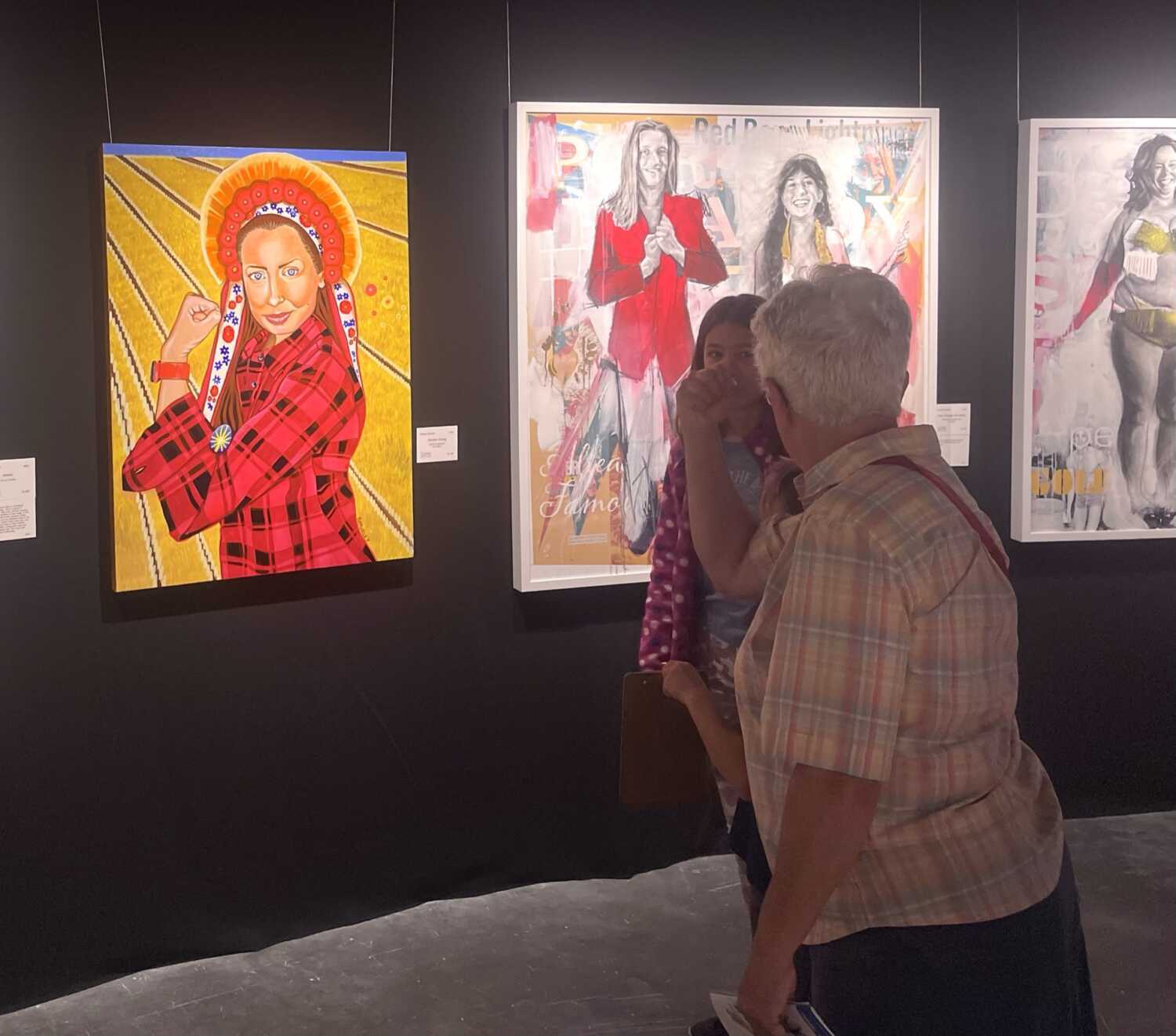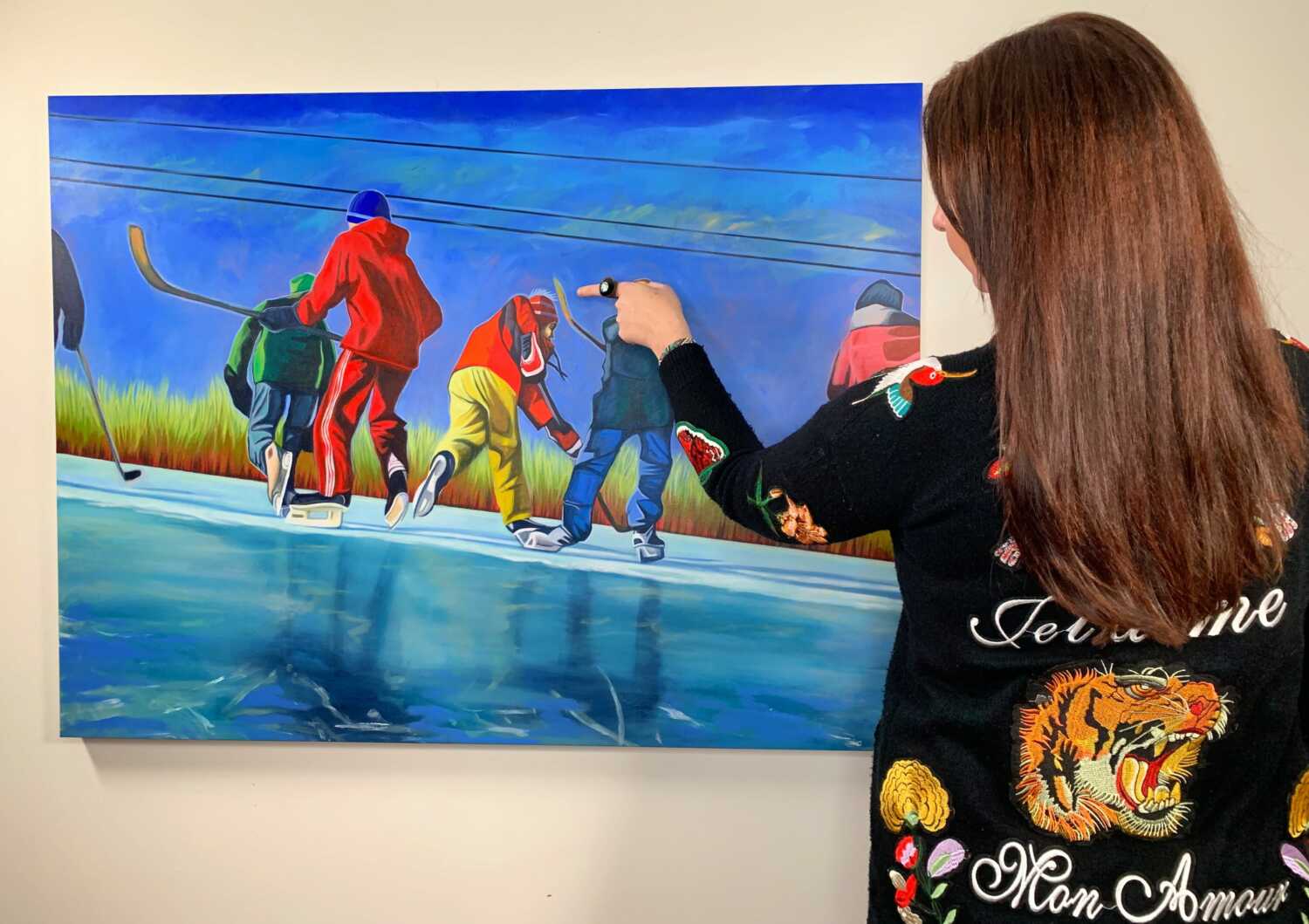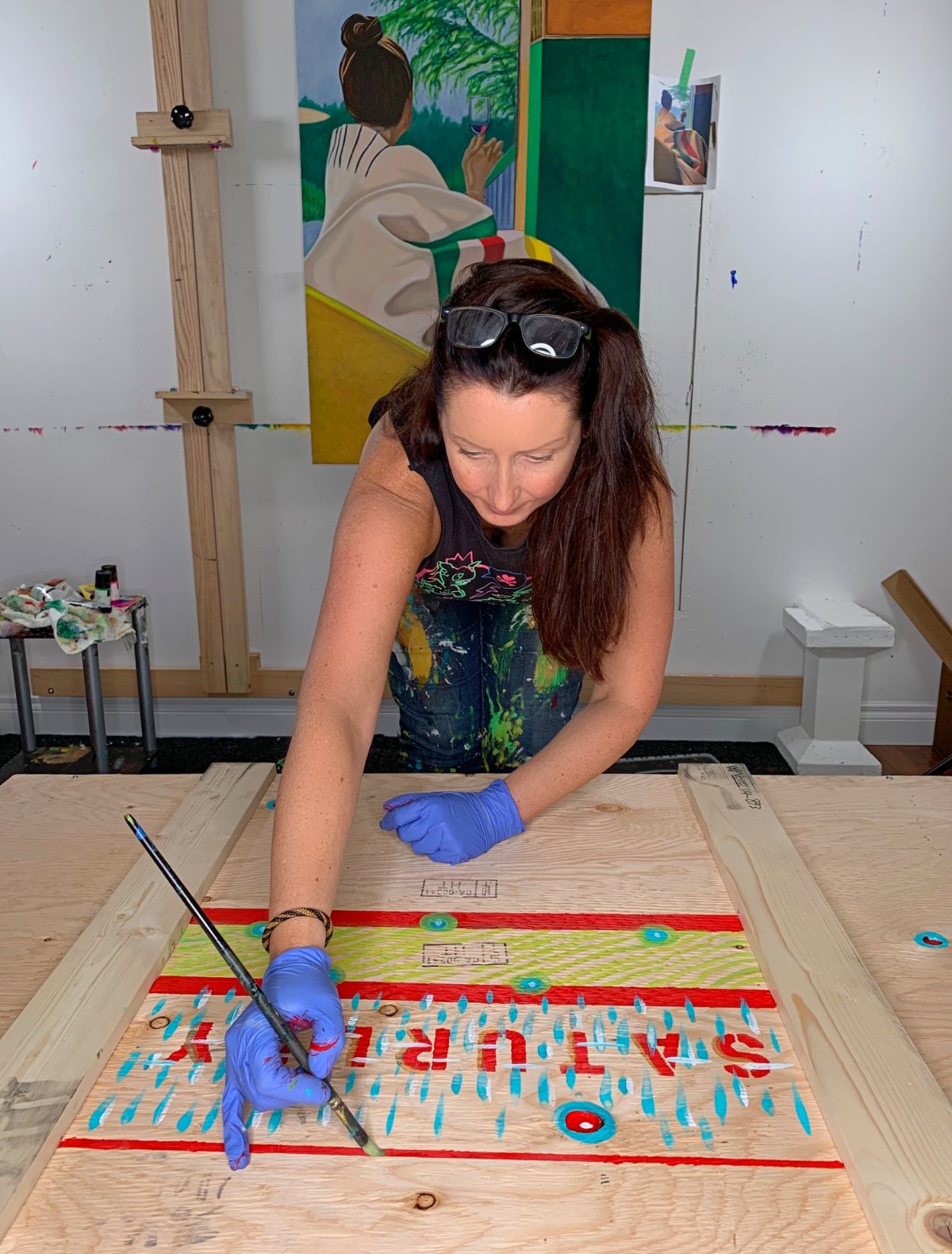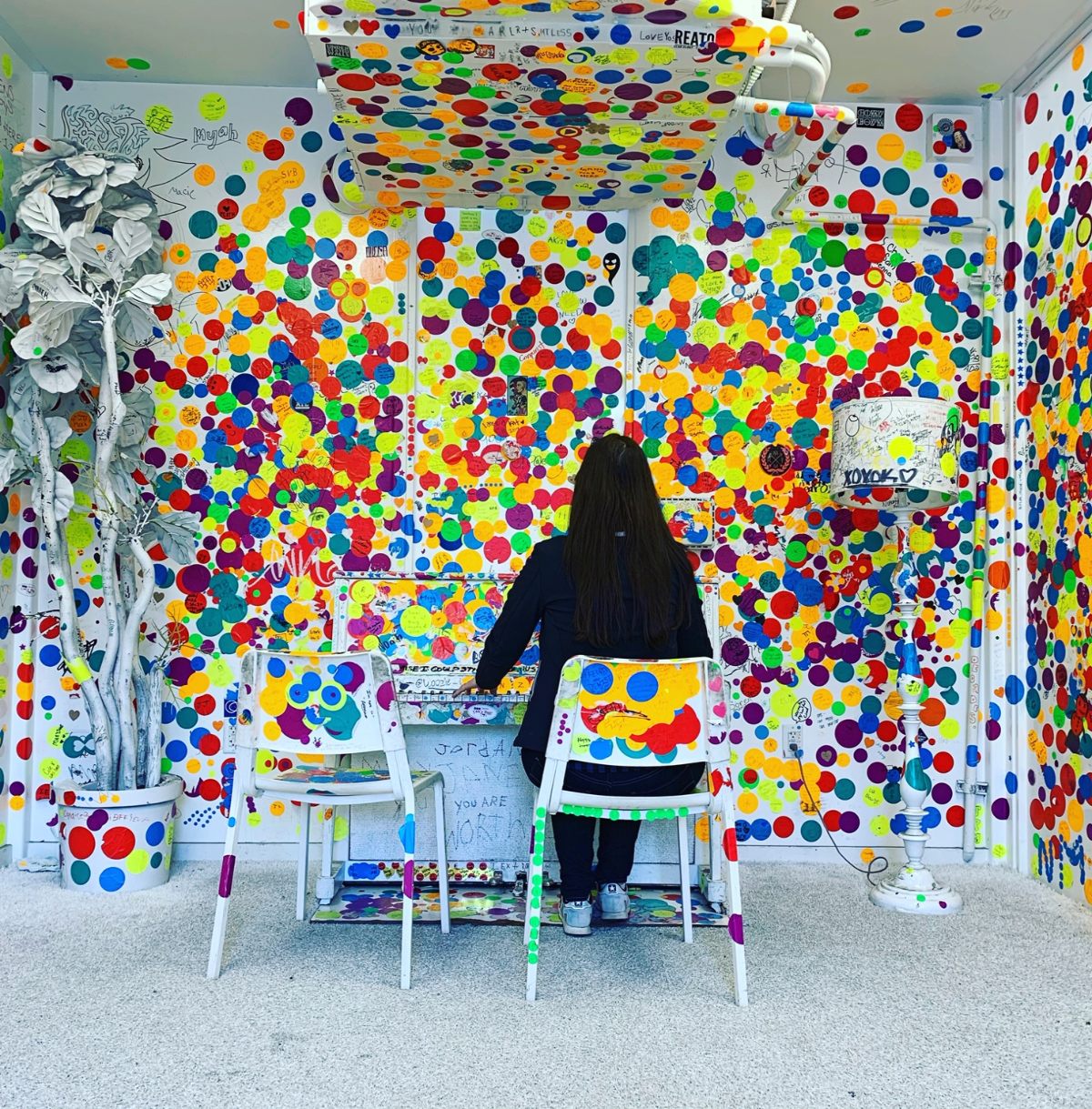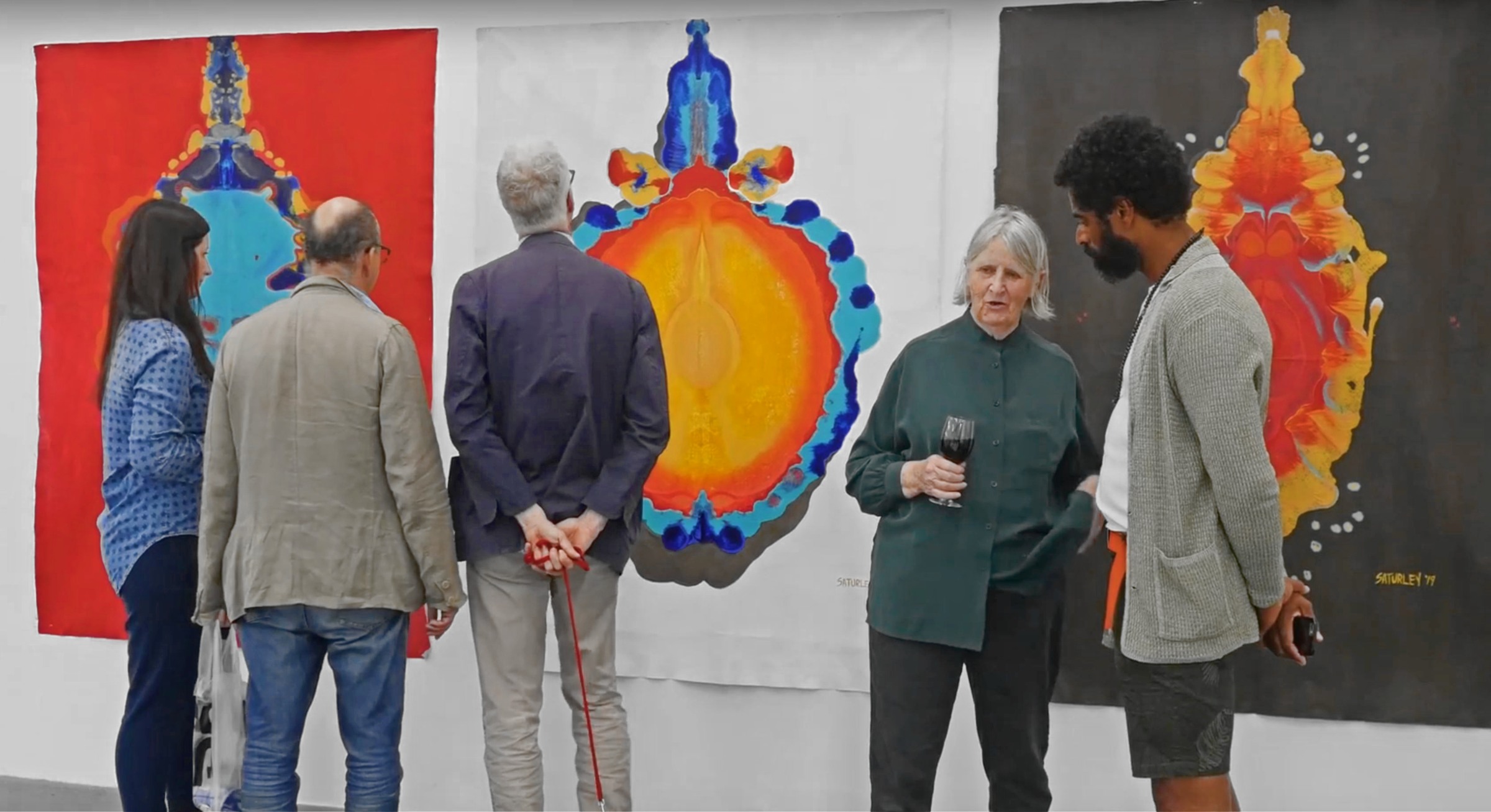The Rise of Regional Artists: Collecting Canadian Art Outside the Big Three Cities Matters
When we talk about Canadian art, the conversation too often circles back to the same three cities; Toronto, Montreal, and Vancouver. These cultural hubs have long held the spotlight, with their galleries, art fairs, and institutional backing. But across this vast and varied country, a quieter shift is underway. Collectors and curators are beginning to look beyond the urban centres, seeking out fresh voices and authentic stories rooted in place. Regional Artists are on the rise.
As a Canadian artist whose practice has taken me from coast to coast to coast, I’ve spent years painting the spirit of this country, not from a single vantage point, but from deep within its regions. Whether in the Arctic stillness of Yellowknife, the salt air of Newfoundland, or the wide-open skies of the Prairies, I’ve immersed myself in local culture, letting the land and its people guide my brush. The result is a body of work that is undeniably Canadian, yet unbound by stereotype or geography.
My paintings are part pop modernism, part documentary and often feature the iconography of everyday Canadian life: plaid shirts, canoes, wildlife, poppies, denim jackets, and patriotic hues. But beneath the surface, they carry the stories of real places, from remote fishing villages to mountain passes to small-town arenas. This is the Canada I’ve come to know, not just through travel, but through conversation, observation, and creation.
What I’ve noticed lately is that collectors and curators are hungry for this kind of work. They’re no longer looking just for names stamped by the urban art machine. They want connection, story, and authenticity. They want art that reflects Canada in its full diversity and not just culturally, but geographically.
Art Apprecaition: Rise of Regional Artists
We’re witnessing a rise in appreciation for regional perspectives. Curators are expanding collections to include artists from smaller towns, Indigenous communities, and northern regions. Collectors are realizing that acquiring work by artists living and working in these areas offers something rare: a direct link to places and experiences that are often underrepresented in mainstream narratives.
For those looking to build meaningful, future-facing collections of Canadian art, now is the time to look outward – to the maritimes, to the Yukon, to the heart of the prairies, and to the west coast islands. The art being made in these places is powerful, thoughtful, and deeply rooted in lived experience.

My own studio practice, based on Vancouver Island, continues to grow from the momentum of residencies and exhibitions in places like Newfoundland, Alberta, and soon, the Maritimes. Every piece I create is informed by these journeys, and by the desire to paint not just the physical landscape of Canada, but the emotional and cultural one, too.
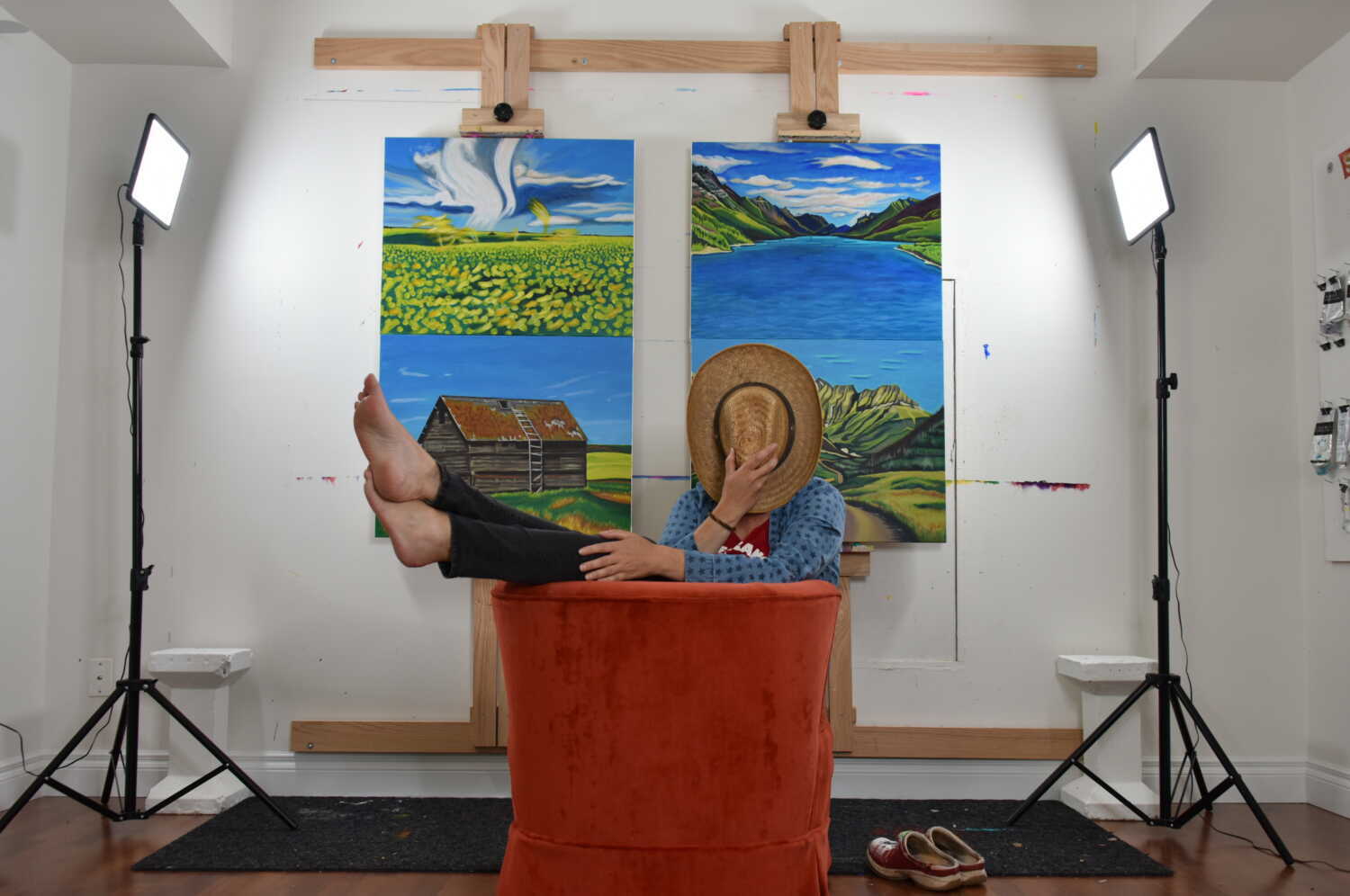
To collect Canadian art today is to participate in shaping its future. By embracing regional voices, you’re not just acquiring work; you’re investing in a fuller, richer picture of what it means to be Canadian.
See more paintings by Brandy Saturley here.
